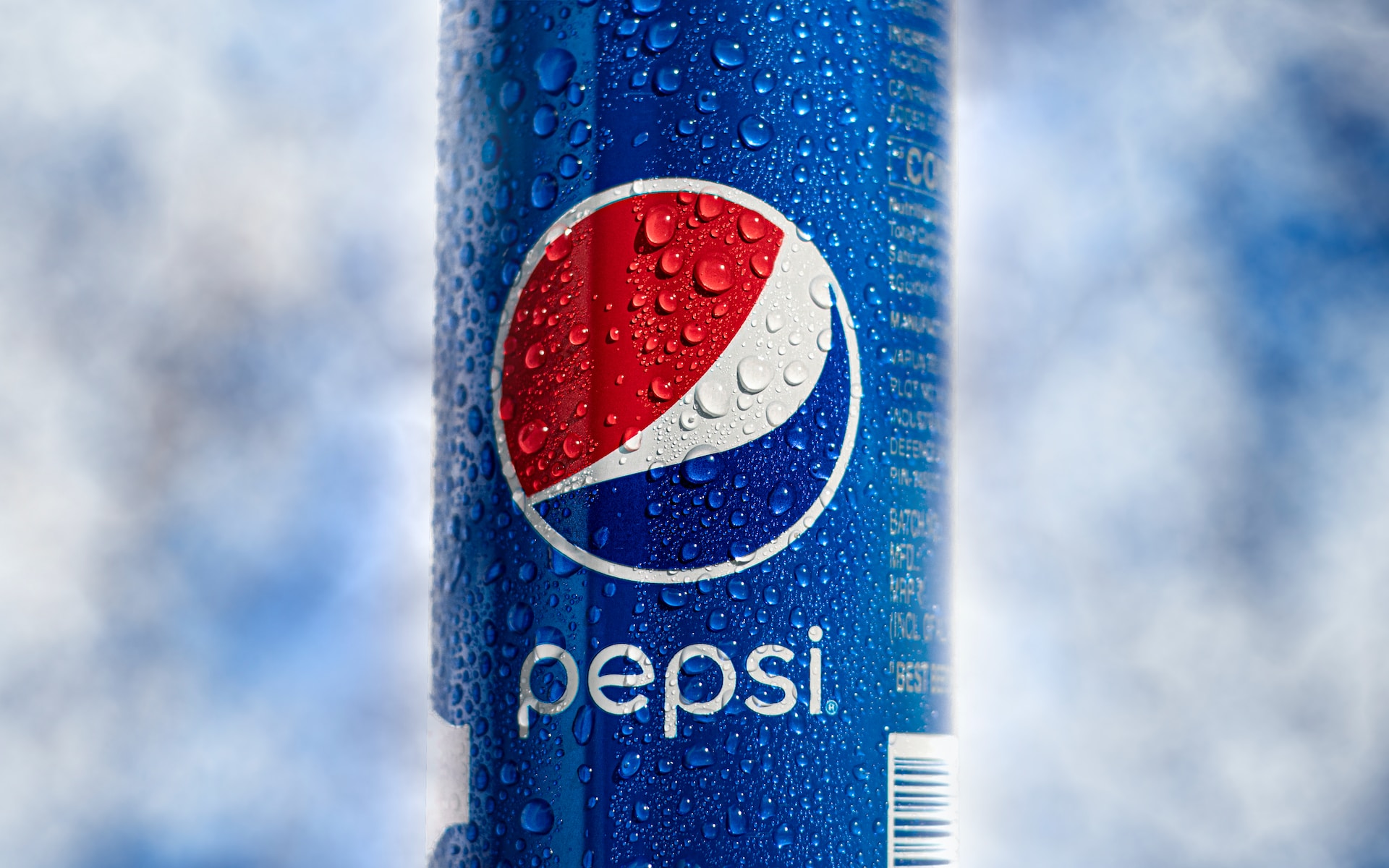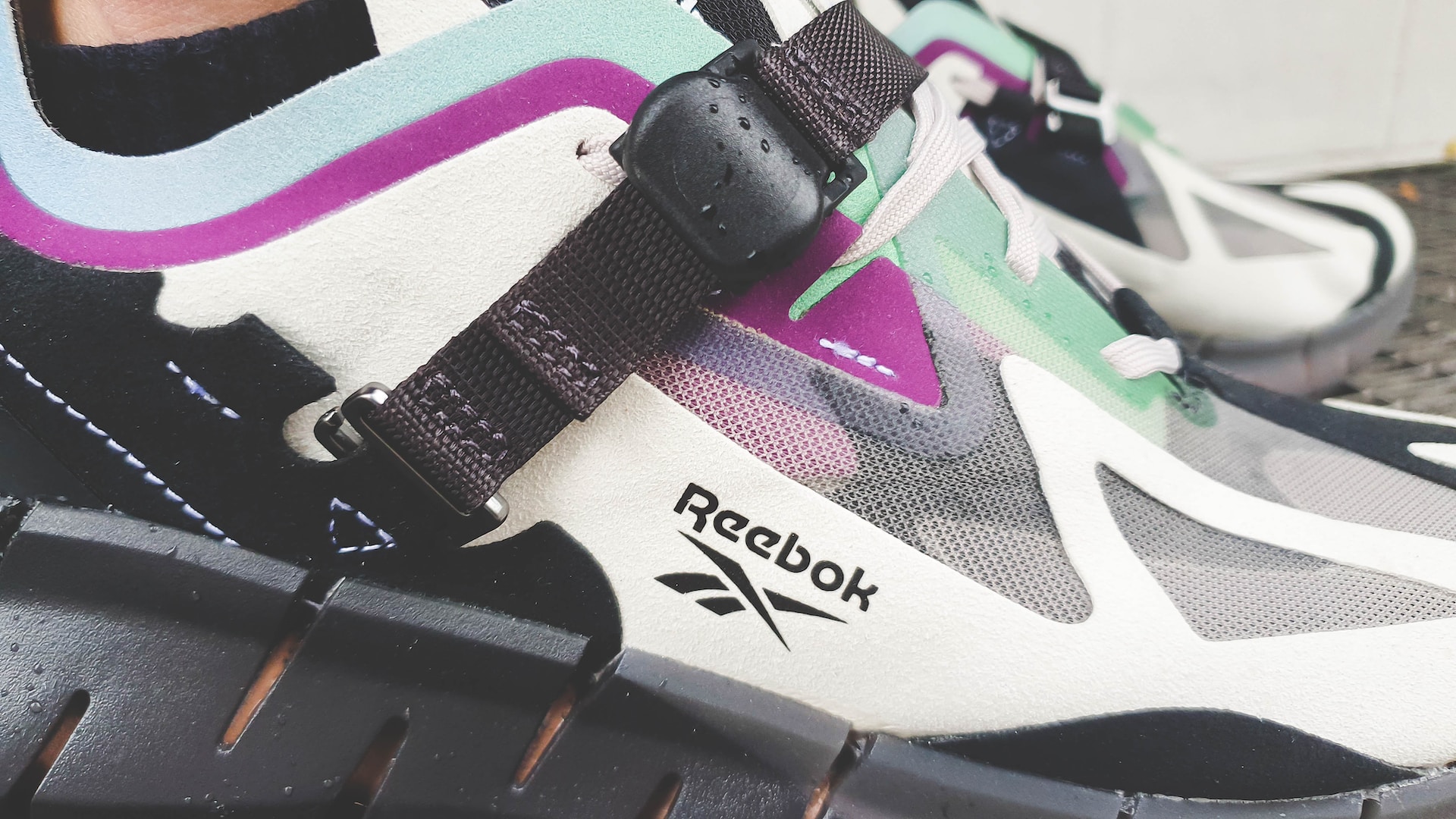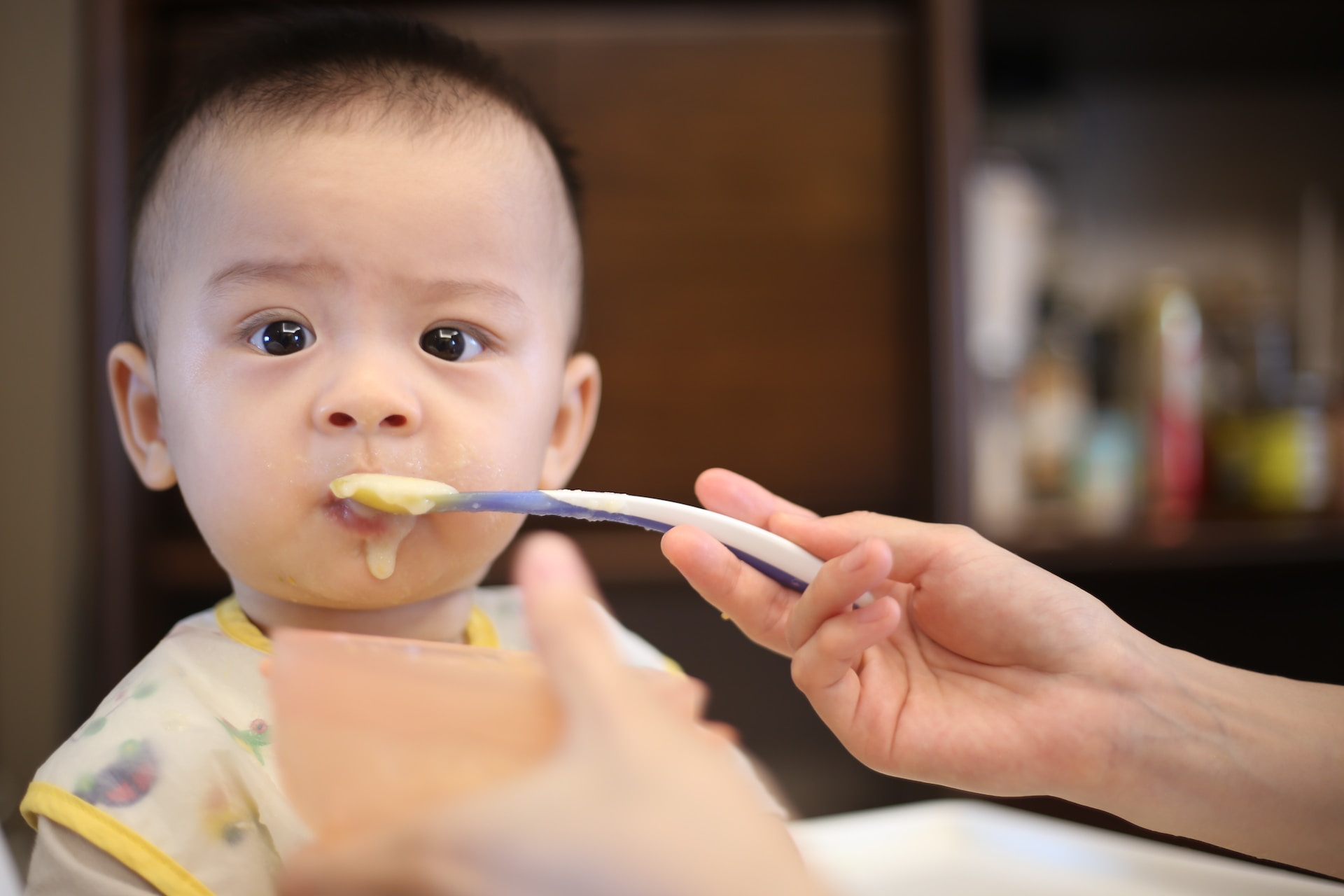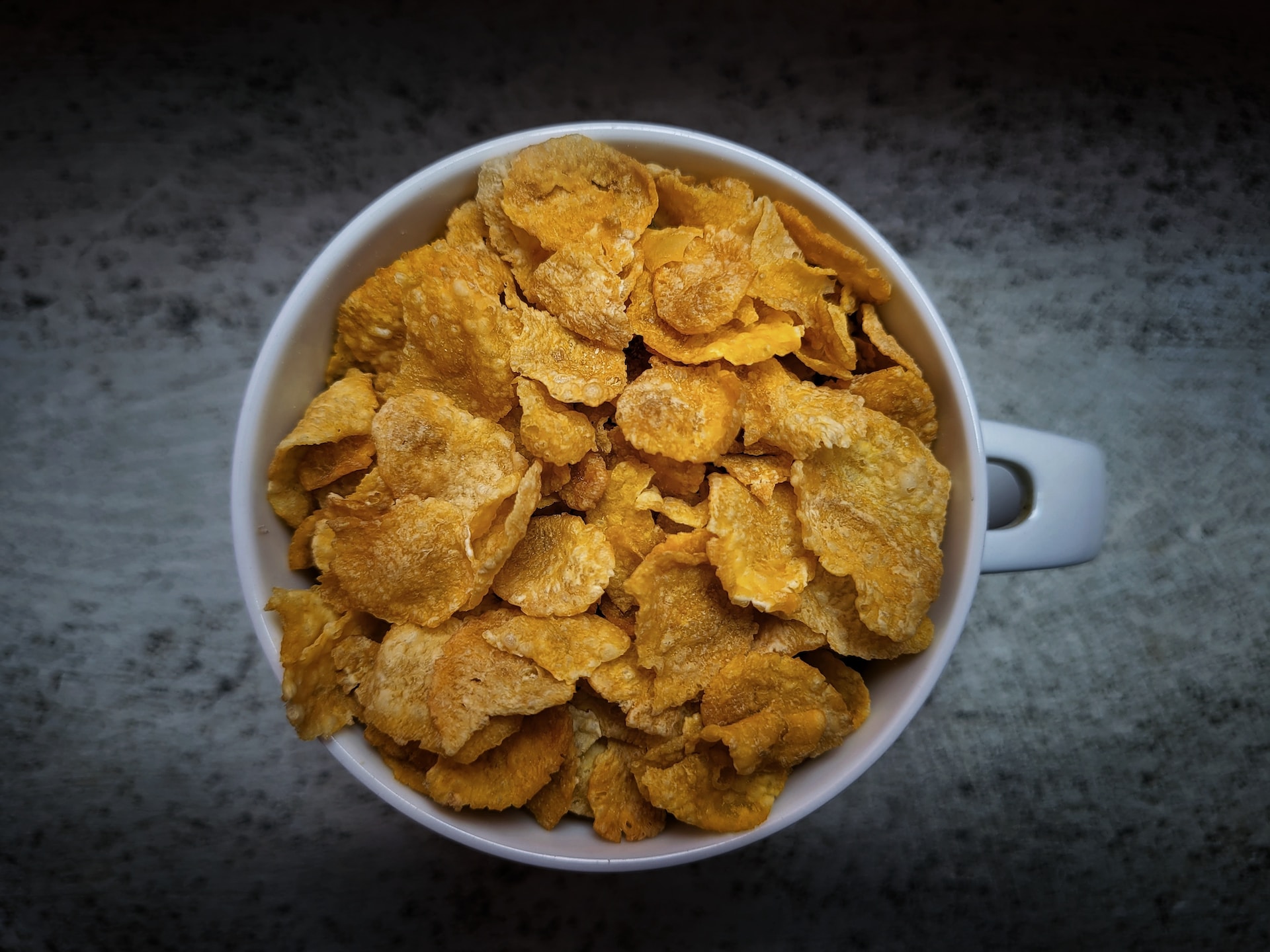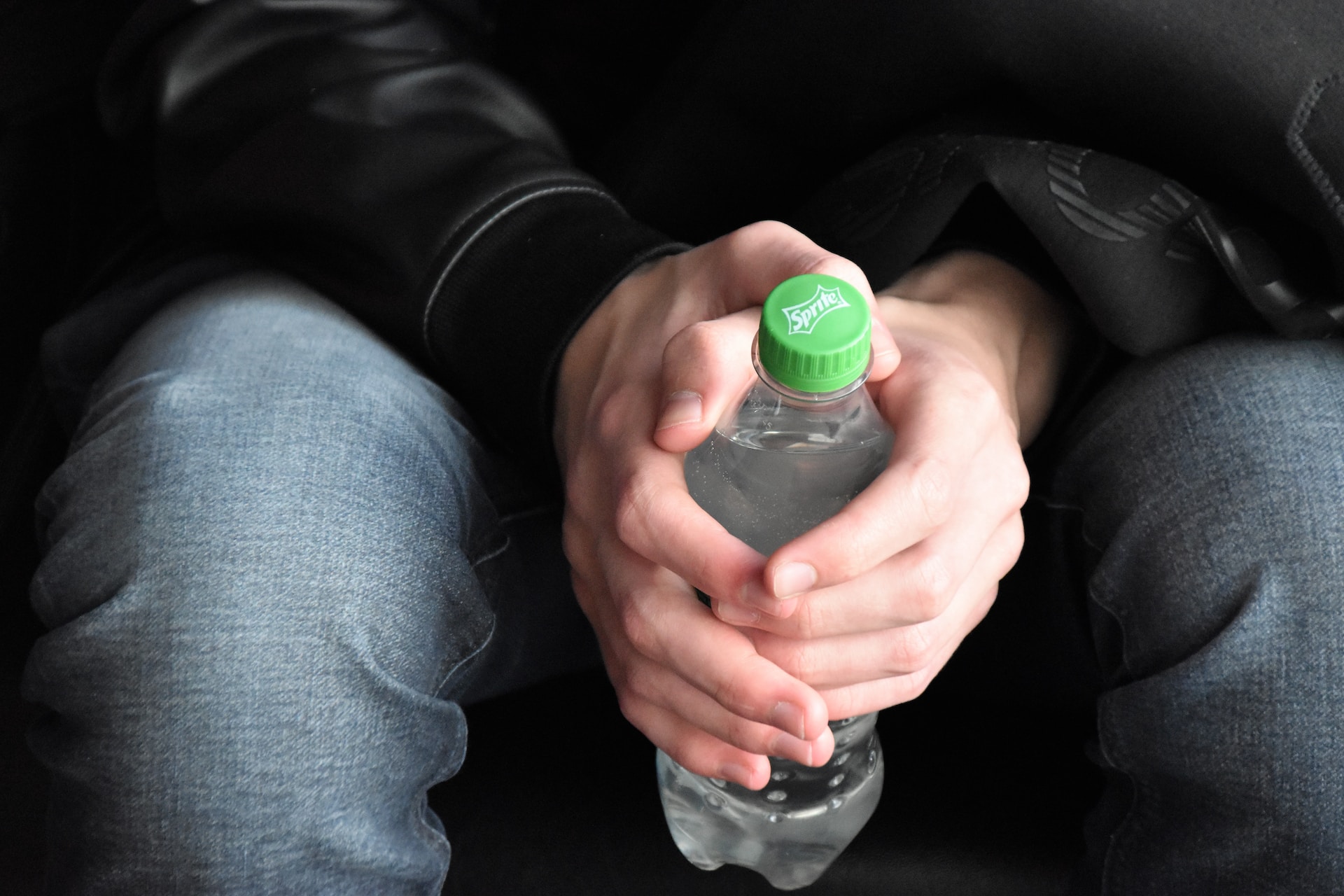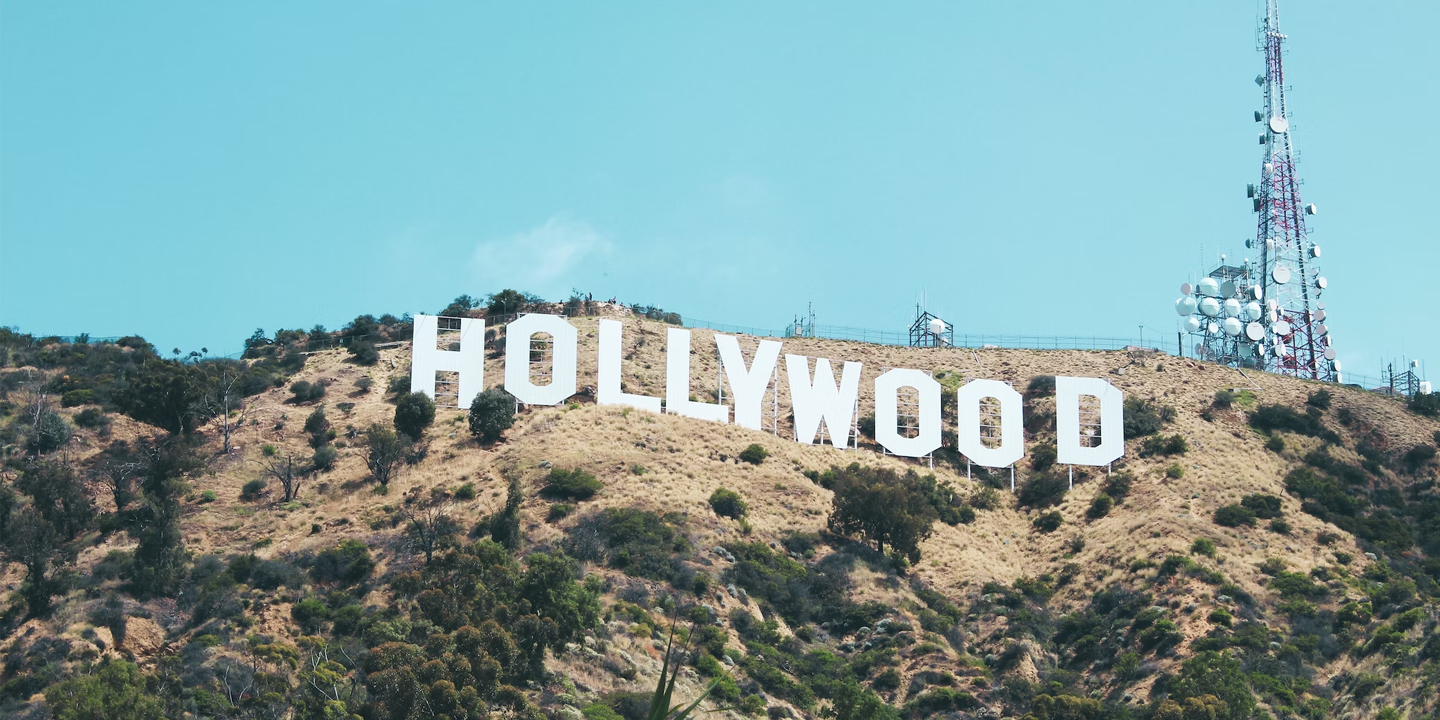Every company dreams of launching the next big thing, but what that “thing” is, no one knows. People are unpredictable, and it’s difficult to determine what type of product will go viral. While innovation is often the key to success, not every new idea will become a success. In fact, many of the world’s biggest companies have experienced major product flops. From misguided innovations to misread markets, here’s a look at 40 companies and their unforgettable fails. How many of these have you heard about before?
1. Apple - The Apple III
Apple may be a tech giant today, but it’s had its share of missteps along the way. The Apple III, for instance, was intended to follow the highly successful Apple II. However, design flaws causing overheating issues and a high price tag led to its collapse. Although Apple did try to rectify the issues with revisions, the damage was already done - the Apple III remains a black mark on the company’s otherwise very successful history.
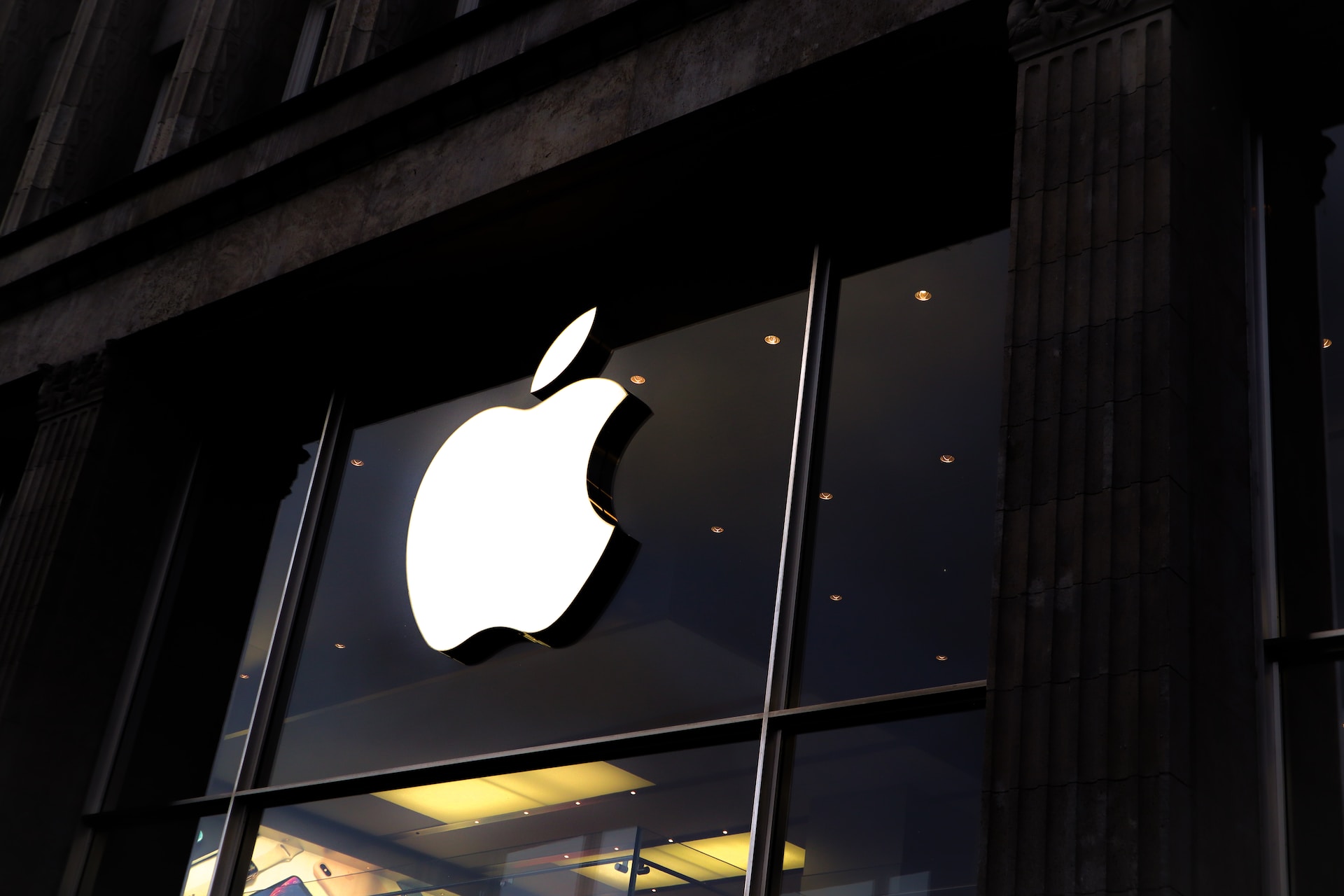 Photo by Laurenz Heymann on Unsplash
Photo by Laurenz Heymann on Unsplash
2. Coca-Cola - New Coke
In 1985, Coca-Cola tried to reformulate its iconic drink, naming this new concoction: New Coke. But why change something that has no problems? New Coke was met with outrage by dedicated fans. The backlash was so intense that Coca-Cola had to reintroduce the original formula just months after, renaming it “Coca-Cola Classic”.
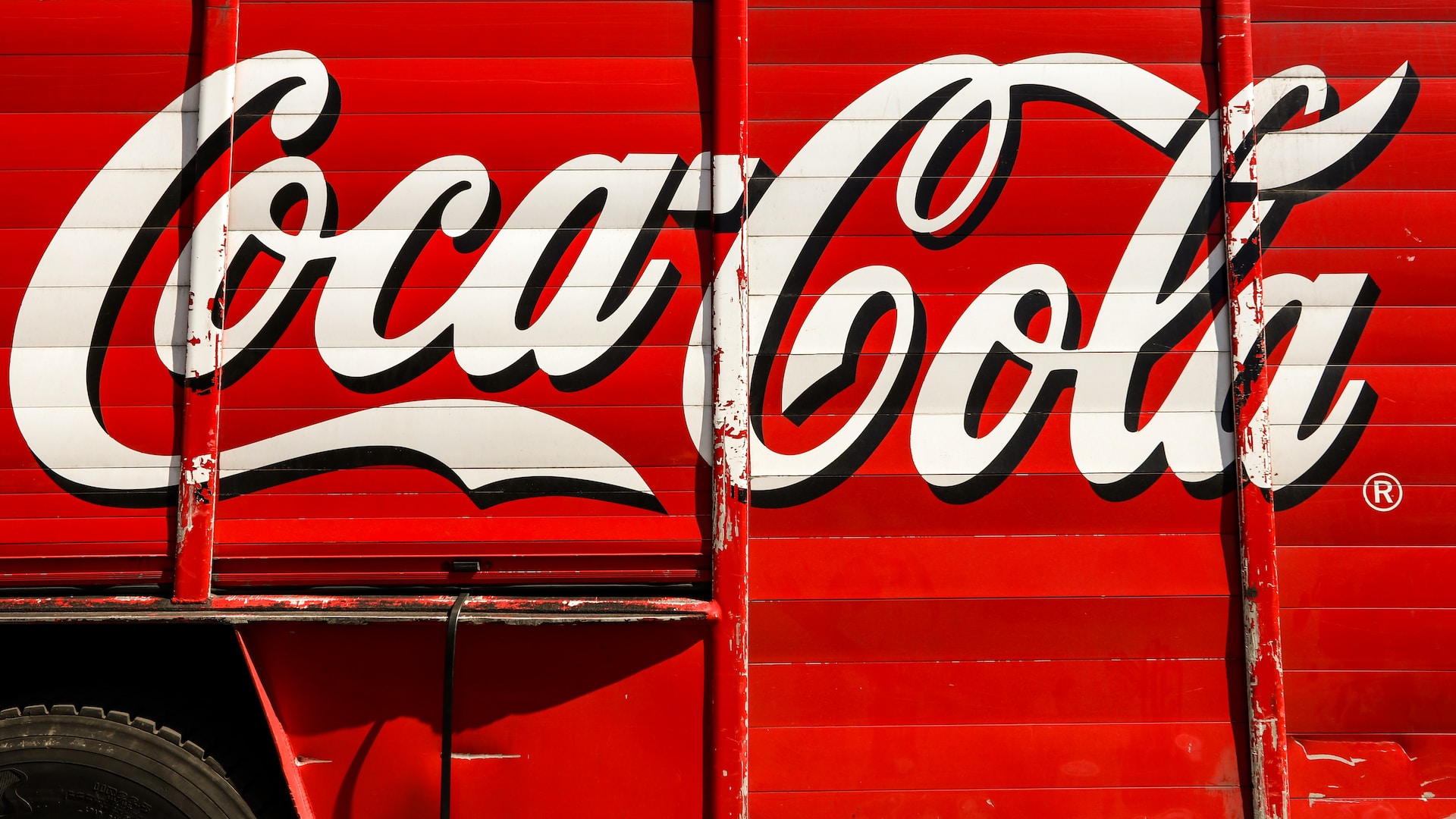 Photo by Maximilian Bruck on Unsplash
Photo by Maximilian Bruck on Unsplash
3. Microsoft - Zune
Launched back in 2006, Microsoft made a valiant attempt to rival Apple’s famous iPod. Creating the Zune, it was a digital music player that was unfortunately criticized for its bulky design and lackluster performance. It simply lacked the same unique features that were praised for in the iPod. As a result, by 2011, Microsoft discontinued the Zune hardware.
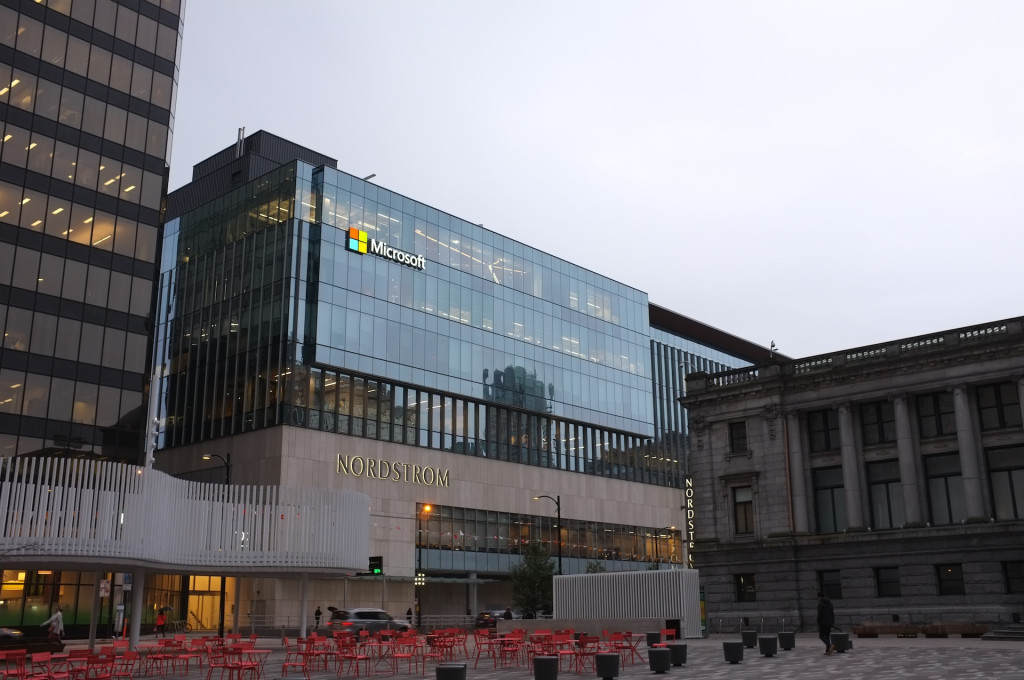 Photo by Matthew Manuel on Unsplash
Photo by Matthew Manuel on Unsplash
4. Ford - Edsel
Ford introduced the Edsel in 1957 hoping it would be a hit in the mid-price car segment. Unfortunately, they quickly realized that Edsel was a failure, with consumers complaining about its odd design, mechanical issues, and marketing mishaps. And with very little sales, Ford had to end production in 1959, just two years after its initial release.
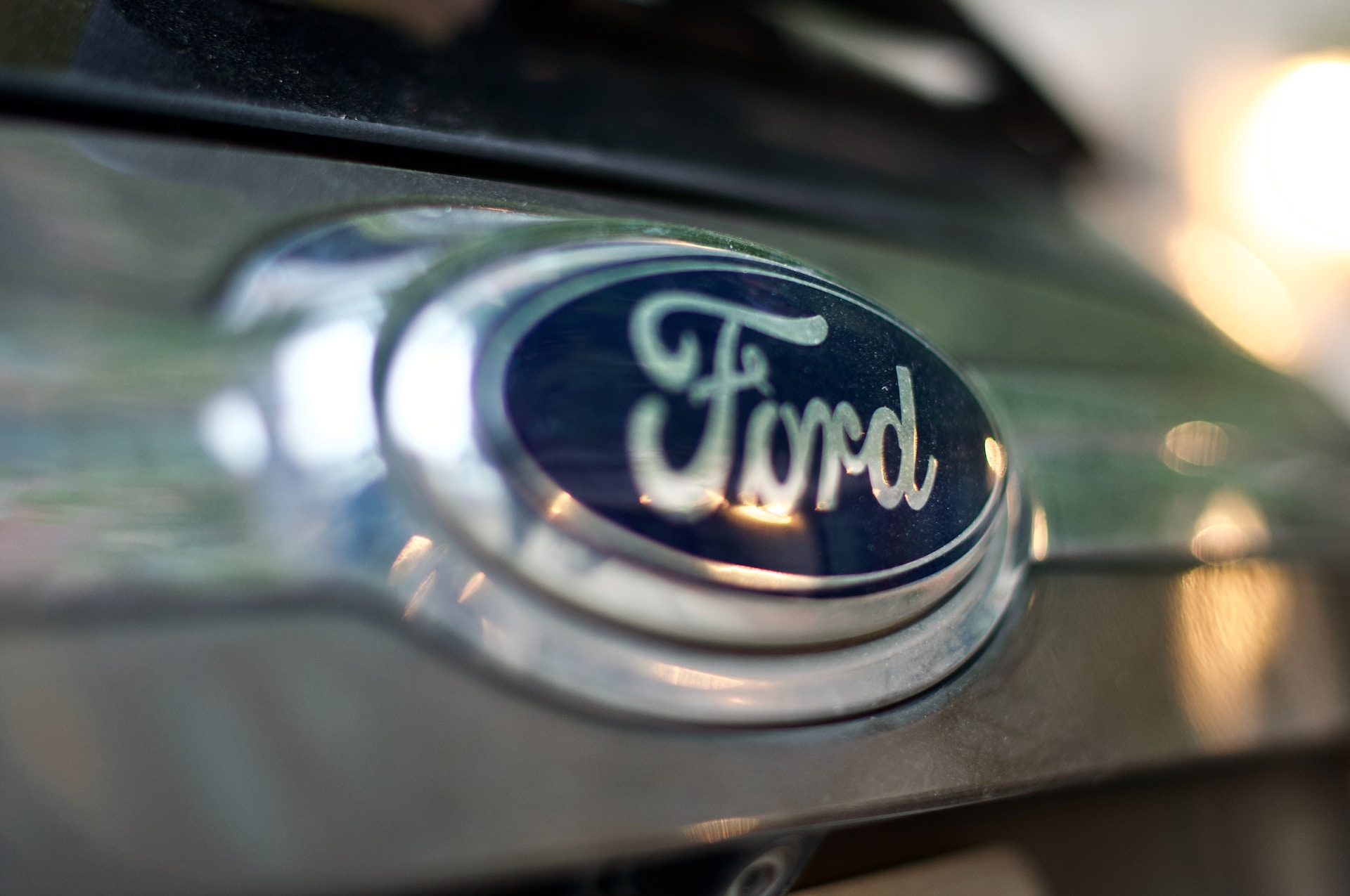 Photo by Dan Dennis on Unsplash
Photo by Dan Dennis on Unsplash
5. Google - Google Glass
When Google Glass was first announced, it was touted as the future of wearable tech. There was a lot of hype garnered around this product when it finally debuted in 2013. Though it had all the right pieces in place, it was unable to skyrocket in the market due to a number of factors. Privacy concerns, a high price point, and limited practical applications led to its downfall. Google halted its consumer version in 2015, eventually pivoting to target businesses.
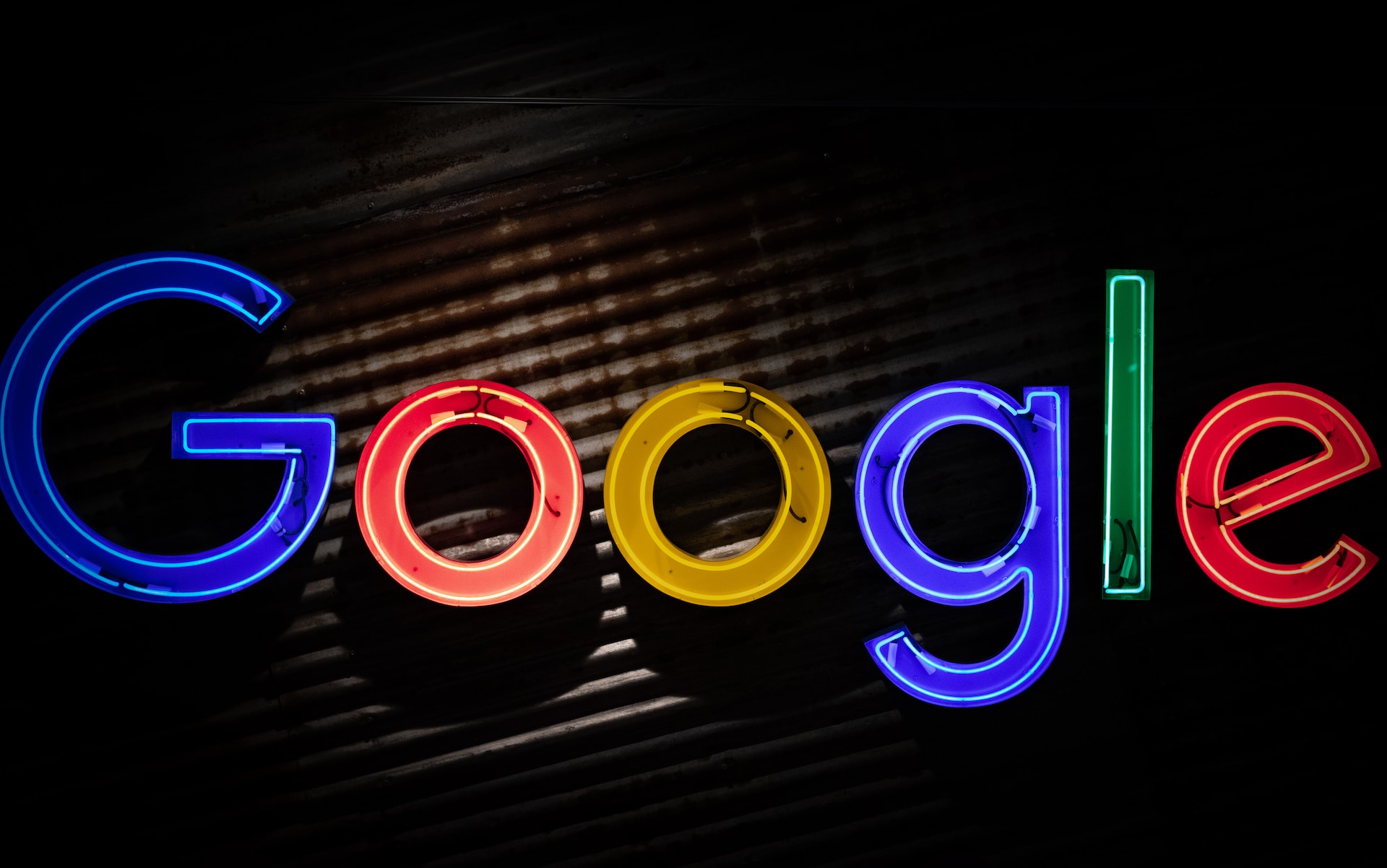 Photo by Mitchell Luo on Unsplash
Photo by Mitchell Luo on Unsplash
6. Sony - Betamax
In the 1970s, Sony’s Betamax was in a format war with VHS. Even though many consumers argued that Betamax had superior quality, VHS won out on a number of factors: longer recording times, cheaper, and gained more widespread adoption. Unfortunately, quality didn’t win out this time and by the late ‘80s, Betamax was phased out.
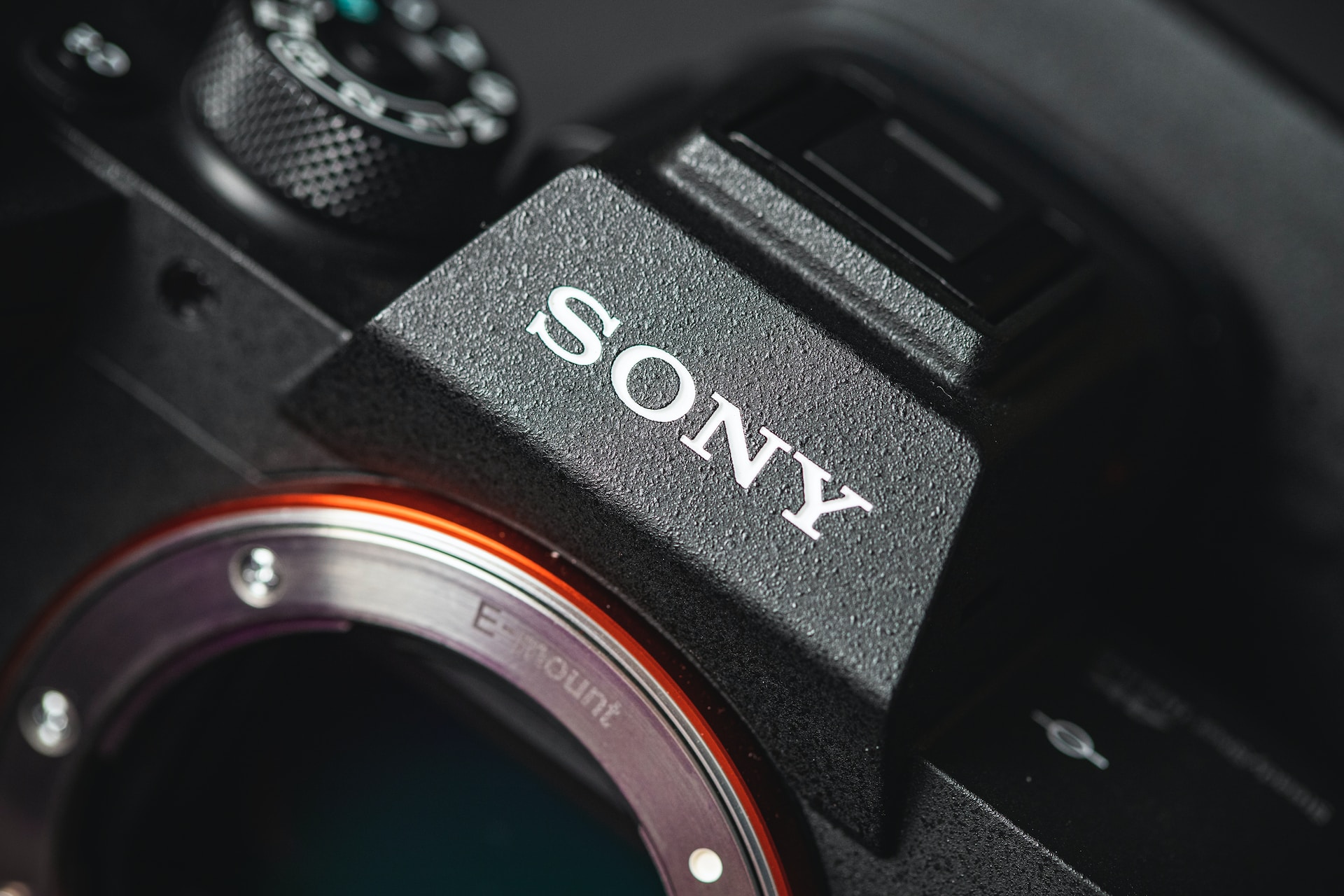 Photo by James Feaver on Unsplash
Photo by James Feaver on Unsplash
7. Amazon - Fire Phone
Did you know Amazon released a phone before? Amazon's Fire Phone, launched in 2014, was a short-lived venture into the smartphone market. It had features like "Dynamic Perspective" and "Firefly," but they didn't resonate with users. The phone's ties to the Amazon ecosystem were also seen as limiting, and it was discontinued after about a year.
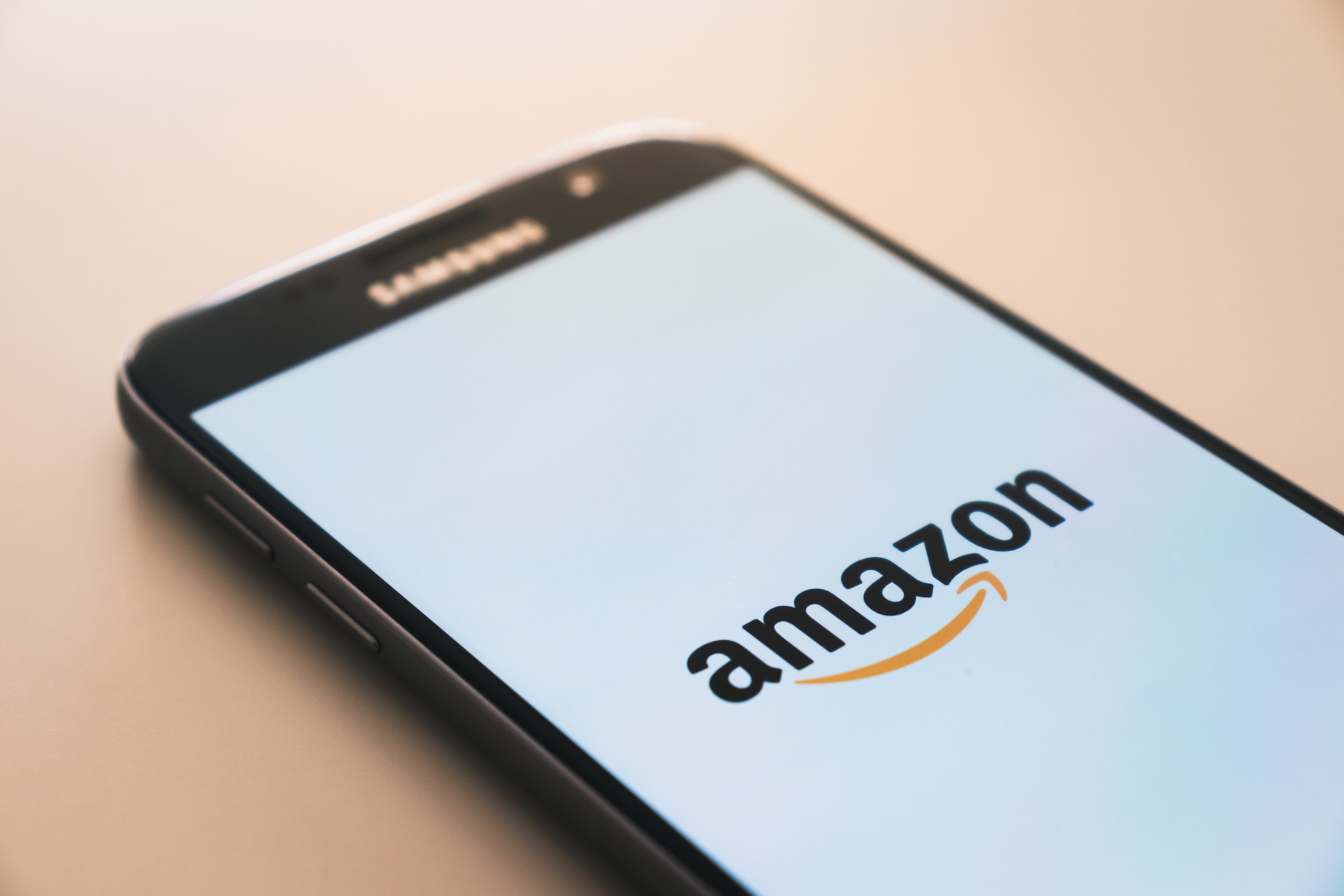 Photo by Christian Wiediger on Unsplash
Photo by Christian Wiediger on Unsplash
8. Pepsi - Crystal Pepsi
Introduced in 1992, Crystal Pepsi was a caffeine-free clear cola. While the idea behind it was good, unfortunately, consumers were confused about its taste, expecting something more citrusy. Because of that, its sales dwindled, and Pepsi pulled it from the shelves by 1994.
9. Nokia - N-Gage
The Nokia N-Gage was a mobile phone and gaming console hybrid launched in 2003. Did you even know Nokia once ventured into the gaming world? But despite their attempt, the product’s awkward design and a lack of quality games meant it couldn't compete with other handhelds like the Game Boy Advance. It faded from the market within a few years.
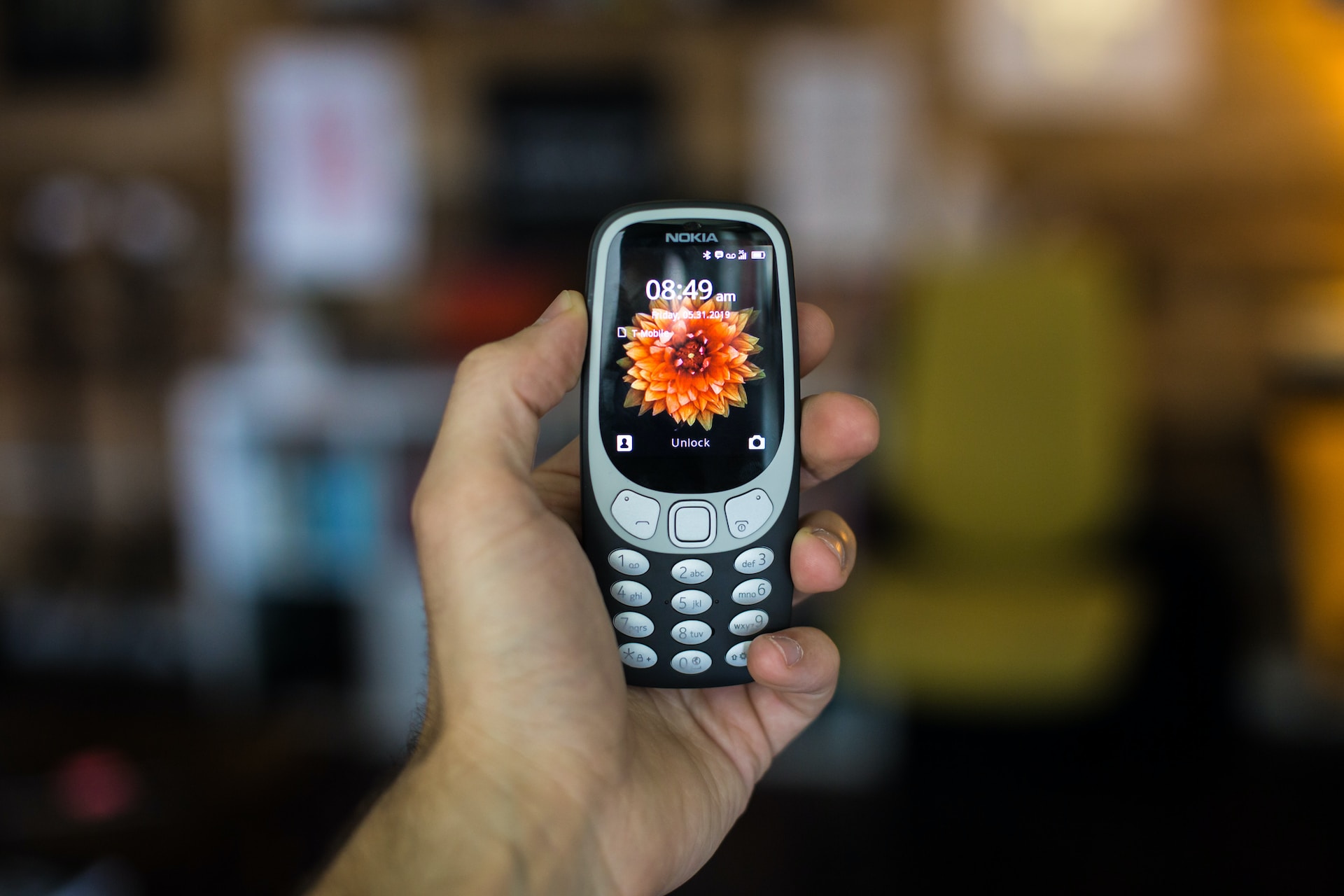 Photo by Isaac Smith on Unsplash
Photo by Isaac Smith on Unsplash
10. Facebook - Facebook Home
Facebook Home was a user interface layer for Android phones launched in 2013. It put Facebook's services front and center, but it alienated users who wanted more control over their phones. Poor reviews and a lack of interest led to its swift discontinuation.
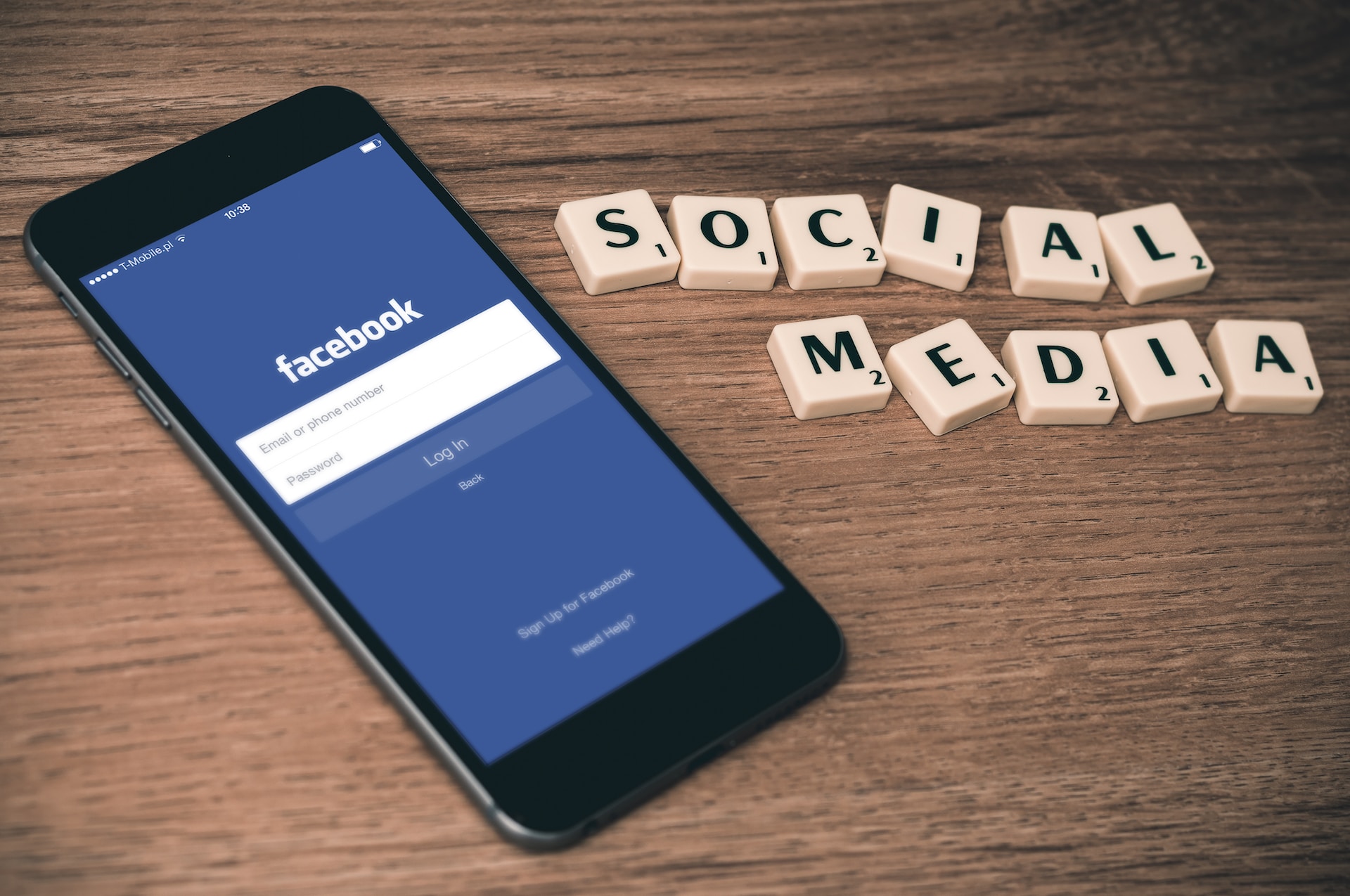 Photo by Firmbee.com on Unsplash
Photo by Firmbee.com on Unsplash
11. Sega - Dreamcast
Launched in 1999, Sega's Dreamcast was a cutting-edge game console with innovations like an in-built modem for online play. However, it faced tough competition from Sony's PlayStation 2. Despite having a strong game lineup, the Dreamcast struggled in the market. Sega's previous missteps with the Saturn and 32X eroded trust, and they soon ceased hardware production entirely, focusing solely on game development.
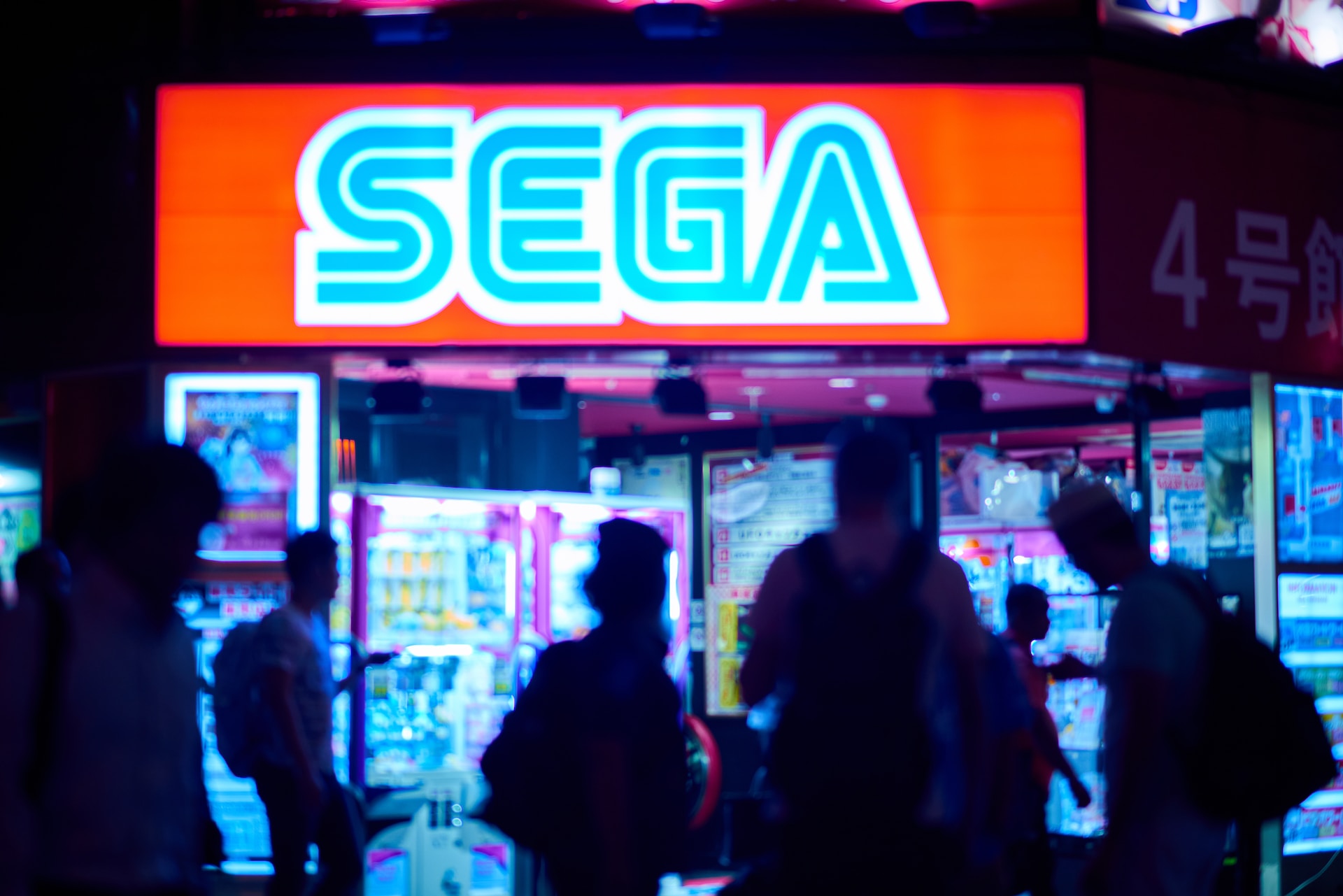 Photo by Jezael Melgoza on Unsplash
Photo by Jezael Melgoza on Unsplash
12. HP - TouchPad
The TouchPad was HP's 2011 foray into the tablet market to compete with Apple's iPad. Using the acquired webOS from Palm, it had potential but was plagued by performance issues and a lack of apps. After just seven weeks, HP discontinued it, leading to a fire sale where it gained some posthumous popularity due to its slashed price. It just goes to show you that competing against Apple will likely always be a difficult battle.
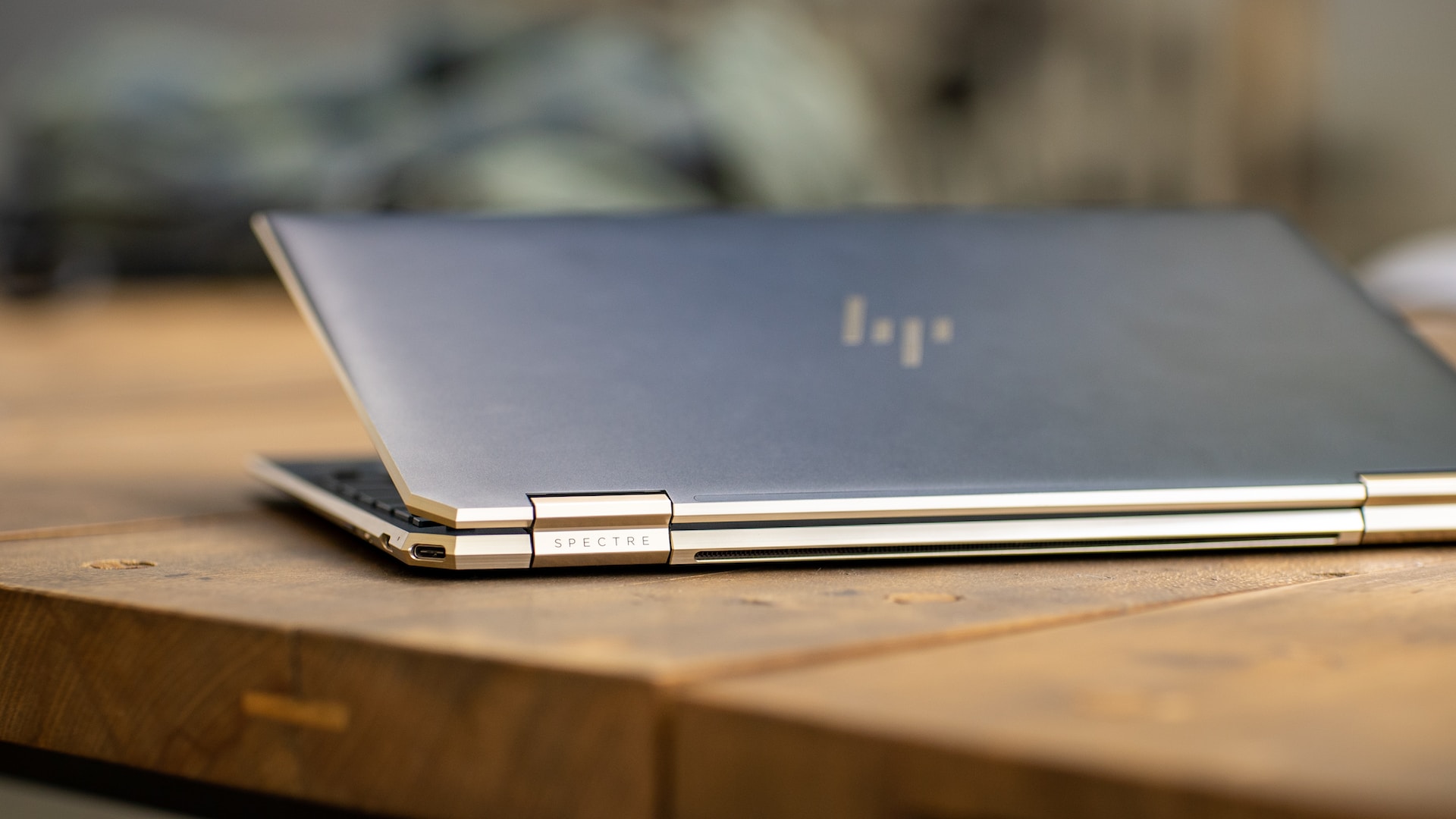 Photo by Mika Baumeister on Unsplash
Photo by Mika Baumeister on Unsplash
13. McDonald’s - Arch Deluxe
In 1996, McDonald's launched the Arch Deluxe, marketed as a burger for adults. Despite a $150 million advertising campaign, it failed to resonate with consumers. Many found the "adult" angle confusing, and the product was eventually pulled from the menu. It was a good idea, they just failed to execute it.
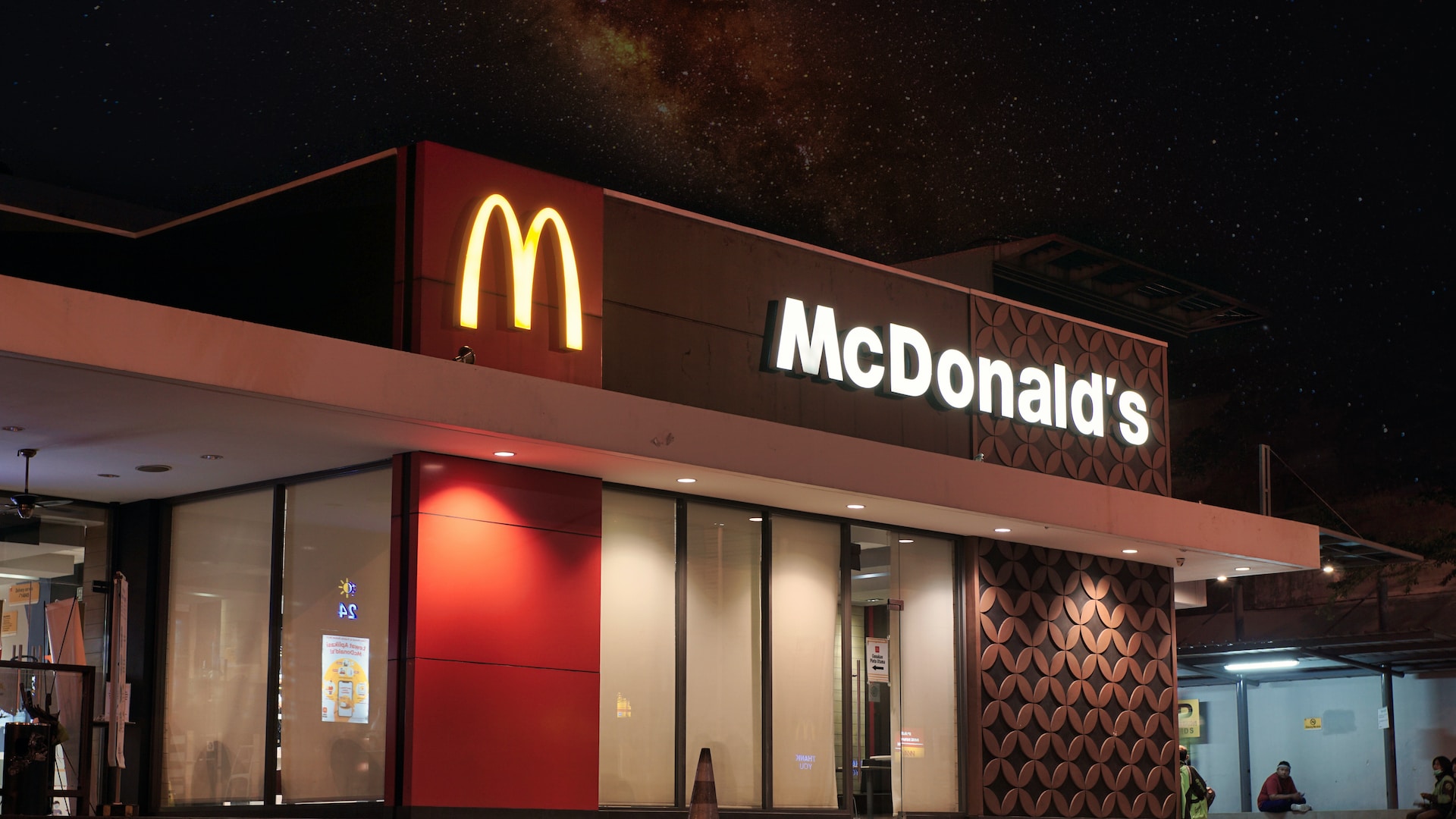 Photo by Visual Karsa on Unsplash
Photo by Visual Karsa on Unsplash
14. Twitter - Vine
Vine was a short-form video hosting service where users could share six-second-long looping video clips. Acquired by Twitter in 2012 before its launch, it had a brief moment of cultural significance. However, Twitter failed to monetize or properly support it, leading to its eventual discontinuation in 2016.
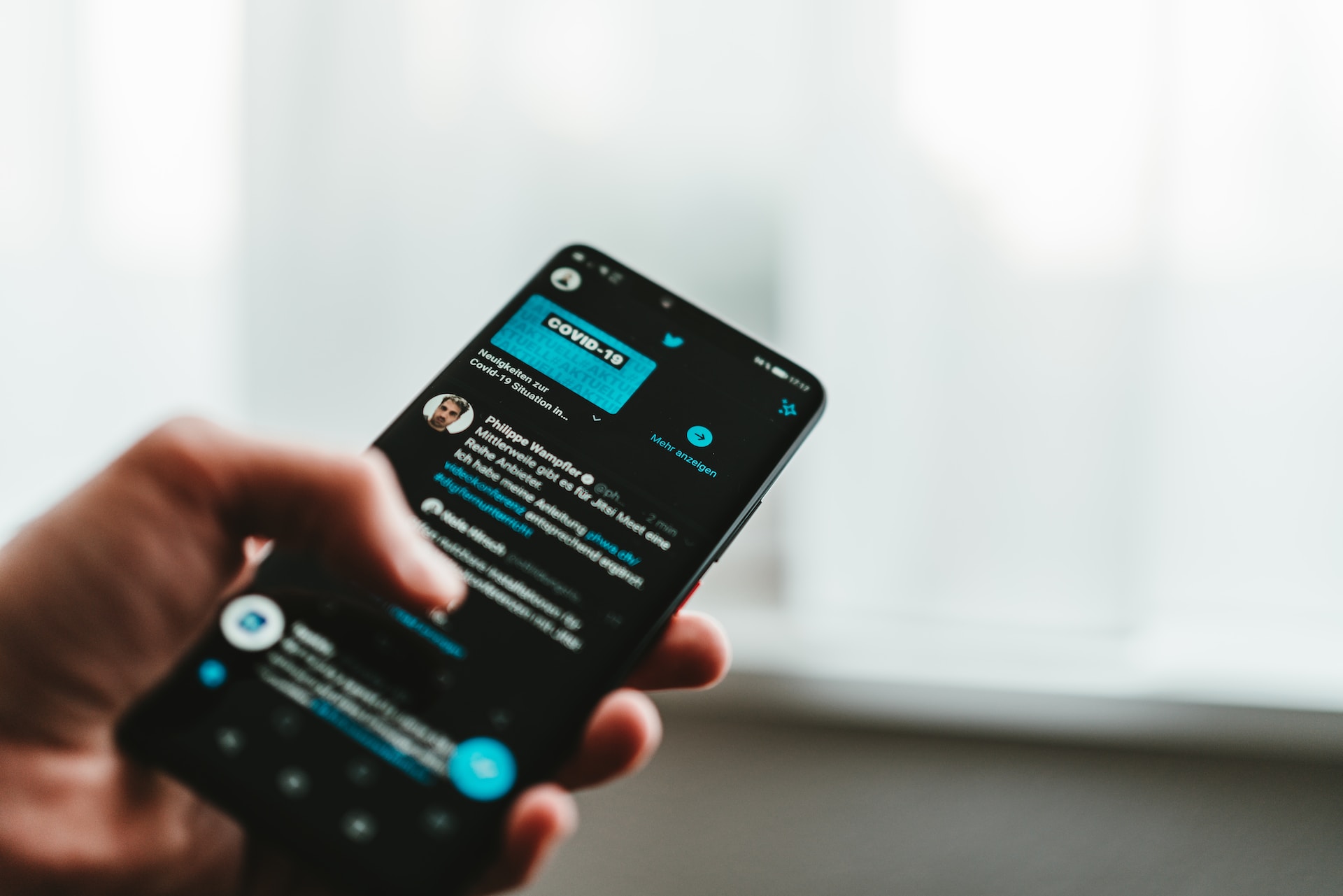 Photo by Claudio Schwarz on Unsplash
Photo by Claudio Schwarz on Unsplash
15. RJ Reynolds - Premier Cigarettes
Back in 1988, RJ Reynolds launched the "smokeless" Premier Cigarettes. Intended to be a less harmful alternative, they were difficult to light and had a taste many found unpleasant. After investing around $1 billion, the company pulled them after only four months.
 Photo by Mathew MacQuarrie on Unsplash
Photo by Mathew MacQuarrie on Unsplash
16. Yahoo! - Yahoo! Livetext
Livetext, launched in 2015, was a messaging app that combined text messaging with video minus sound. This unique approach to communication didn't catch on, and Yahoo! soon discontinued it due to a lack of user interest. If this was reintroduced today, would it be something you’d be interested in?
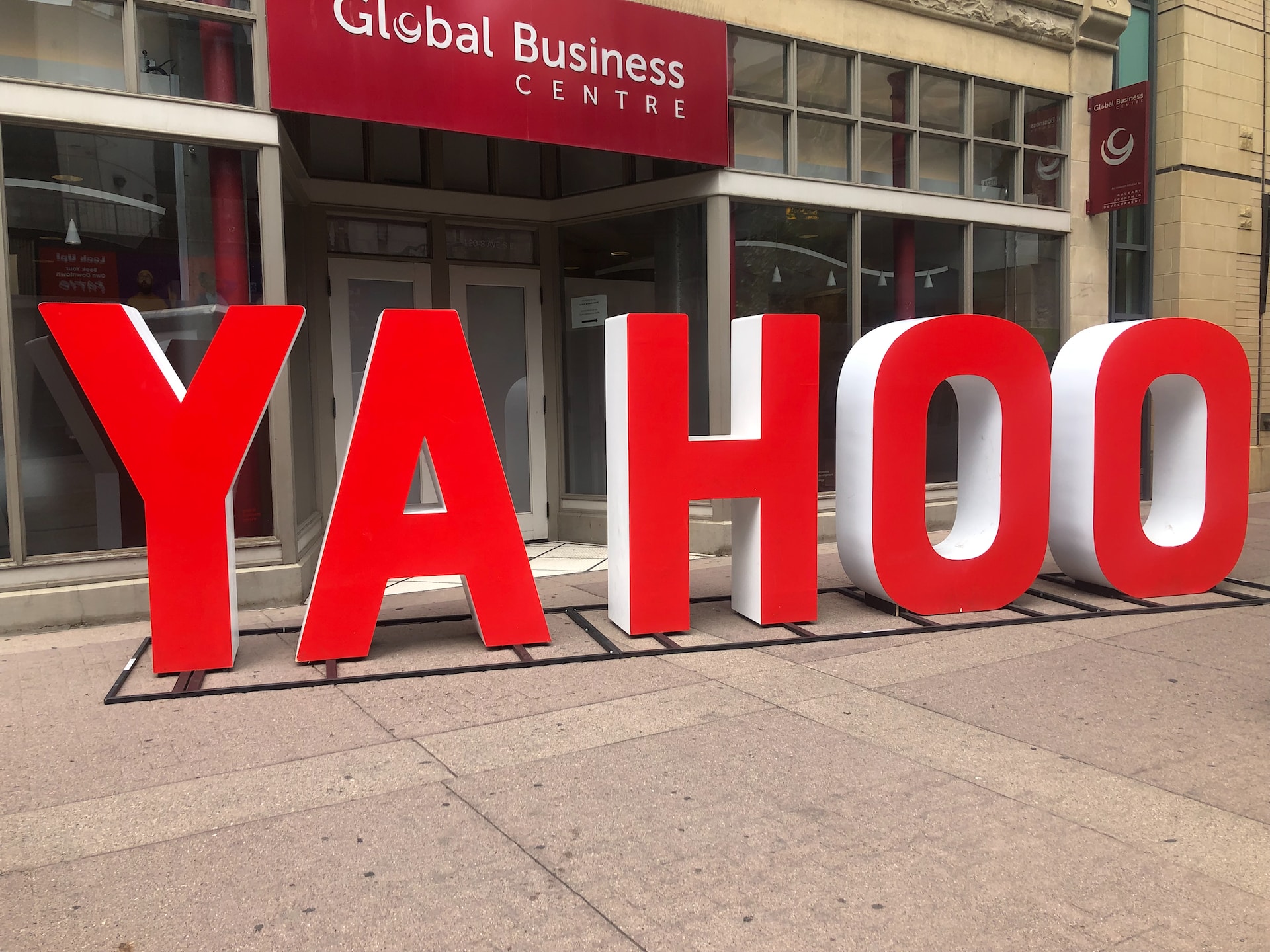 Photo by Jaimie Harmsen on Unsplash
Photo by Jaimie Harmsen on Unsplash
17. Orbitz - Orbitz Soda
This fruit-flavored soft drink released in the late '90s by The Clearly Food & Beverage Company featured floating edible balls. Although innovative, many consumers found the texture off-putting. Its unusual consistency and lackluster taste led to its quick demise. Maybe with the growing popularity of boba, it would be more successful now?
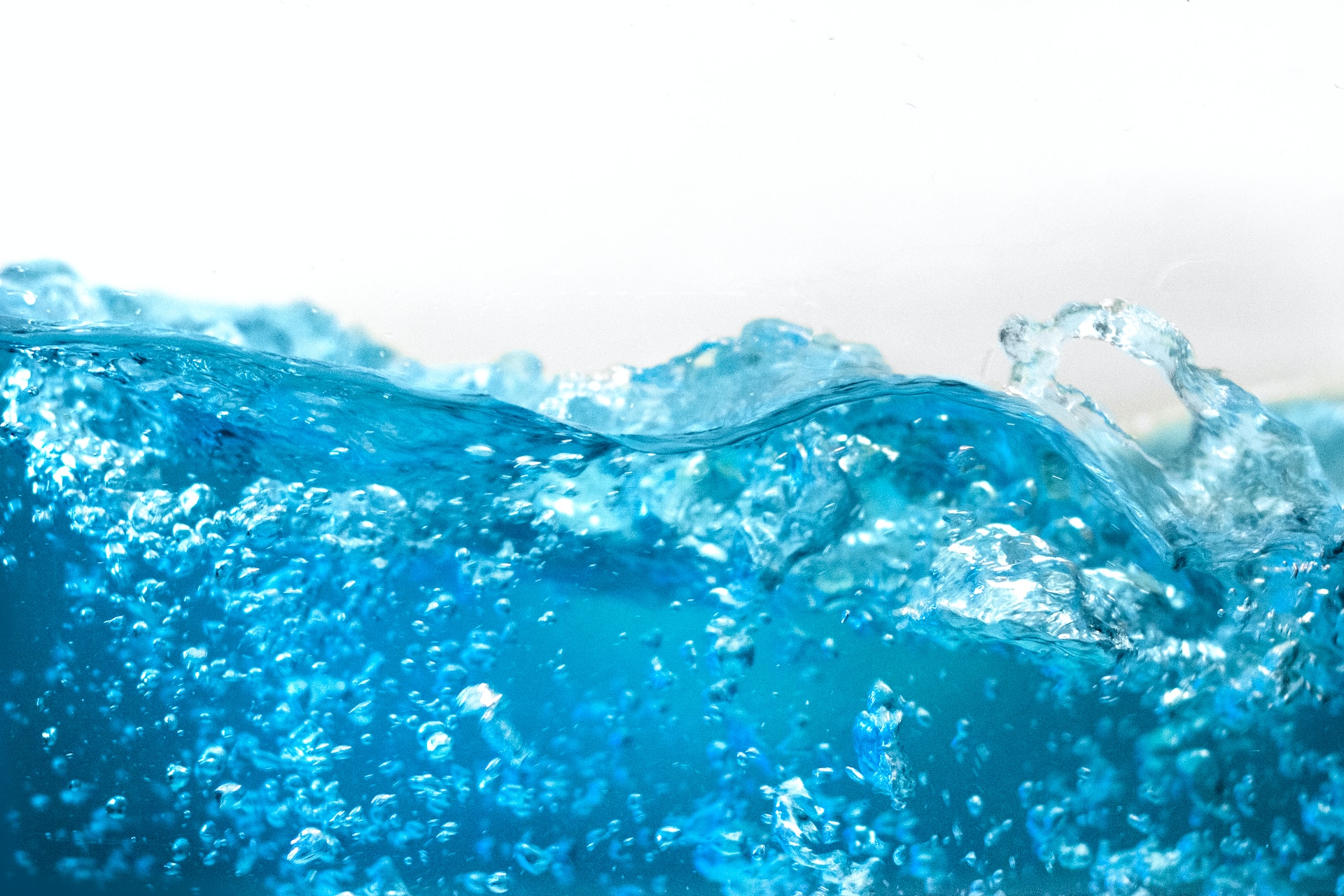 Photo by Daniel Sinoca on Unsplash
Photo by Daniel Sinoca on Unsplash
18. Microsoft - Kin Phone
Here’s one product that was discontinued almost immediately after its release - just two months after its 2010 debut, Microsoft discontinued its Kin Phone. Initially targeted at teenagers, it missed the mark with its limited features, especially the absence of an app store. Thanks to its relatively high price without any competitive edge, it was doomed from the start.
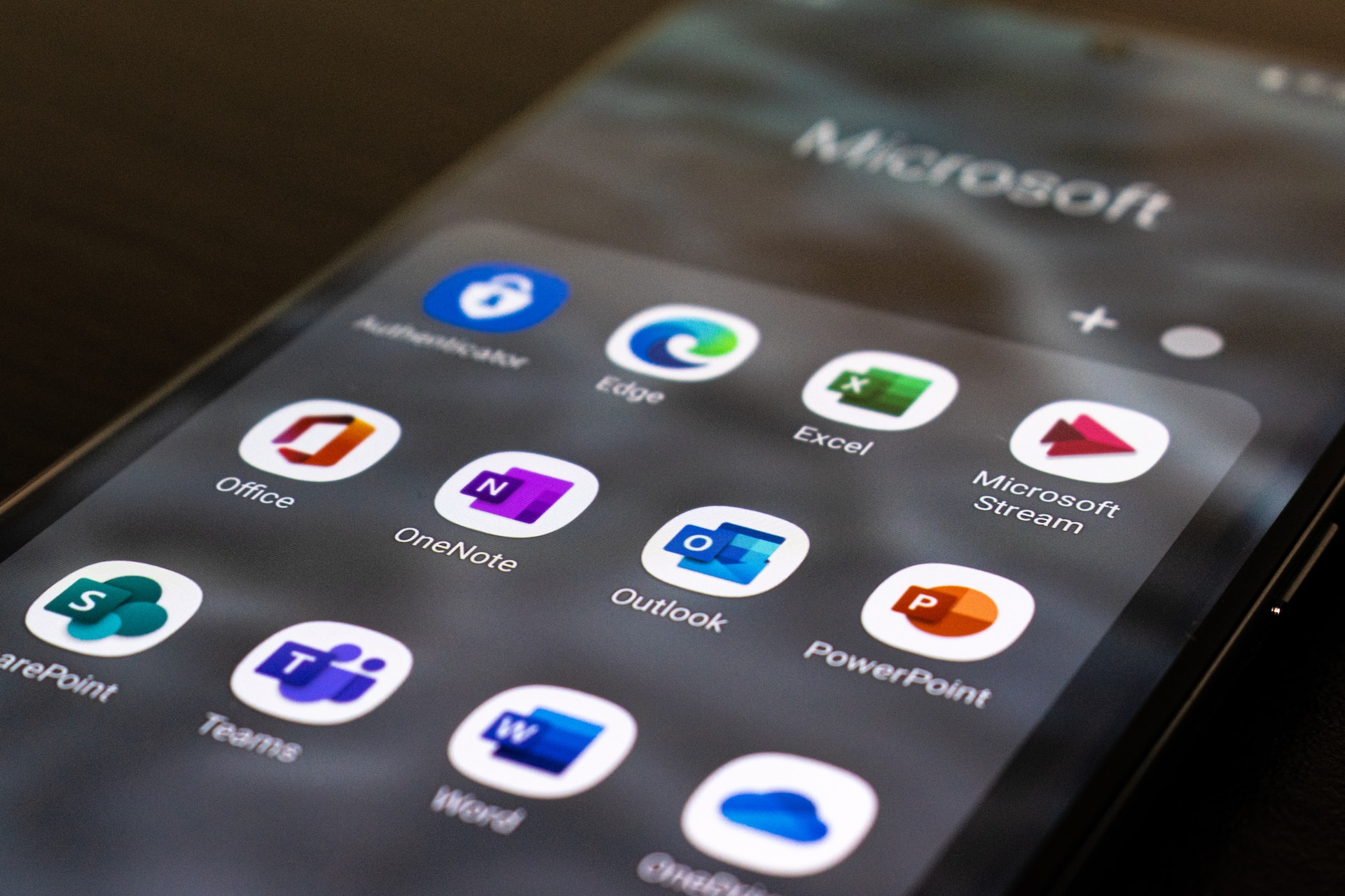 Photo by Ed Hardie on Unsplash
Photo by Ed Hardie on Unsplash
19. BIC - Disposable Pantyhose
Known for disposable pens and lighters, BIC ventured into the fashion industry in the '90s with disposable pantyhose. The idea was to offer women convenience, but it failed as many saw it as unnecessary and environmentally wasteful. BIC soon discontinued the product.
 Photo by Alex Shaw on Unsplash
Photo by Alex Shaw on Unsplash
20. E.T. the Extra-Terrestrial for Atari 2600
Developed in just five weeks to cash in on the movie's success, this 1982 video game is often cited as one of the worst ever made. Poor gameplay and overproduction led to millions of unsold cartridges, which became emblematic of the early '80s video game industry crash. This just goes to show you that quality does in fact matter.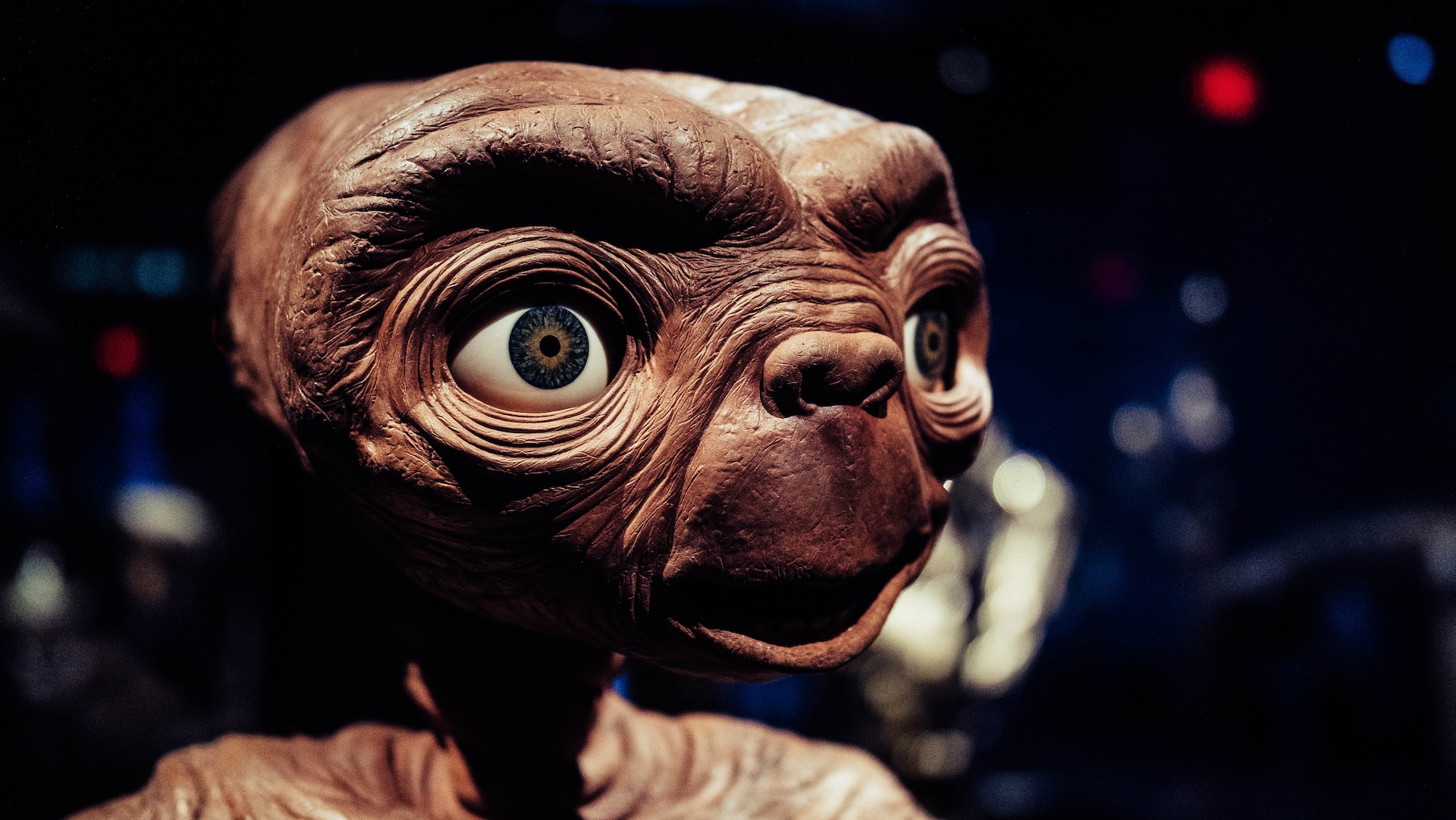 Photo by Rick L on Unsplash
Photo by Rick L on Unsplash
21. Cosmopolitan - Yogurt
Widely recognized as a women’s magazine, Cosmopolitan decided to dive into the food market in 1999 with its brand of yogurt. Though they hoped that their strong brand identity would make the transition smooth, the yogurt failed to appeal to consumers. People couldn't connect the established magazine brand with a food product, leading to its quick withdrawal from the market.
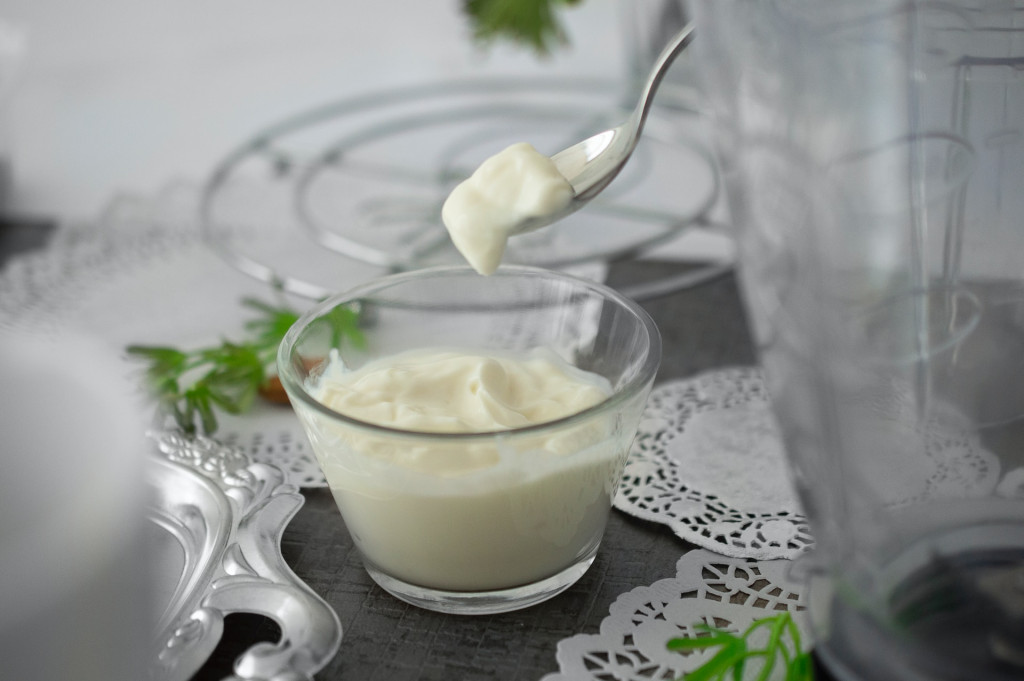 Photo by Sara Cervera on Unsplash
Photo by Sara Cervera on Unsplash
22. Colgate - Kitchen Entrees
In 1982, toothpaste giant Colgate made an unexpected move into the frozen food section with “Colgate Kitchen Entrees”. The logic behind this venture remains elusive. Unsurprisingly, consumers had a hard time associating a toothpaste brand with dinner. The product was rapidly pulled from shelves.
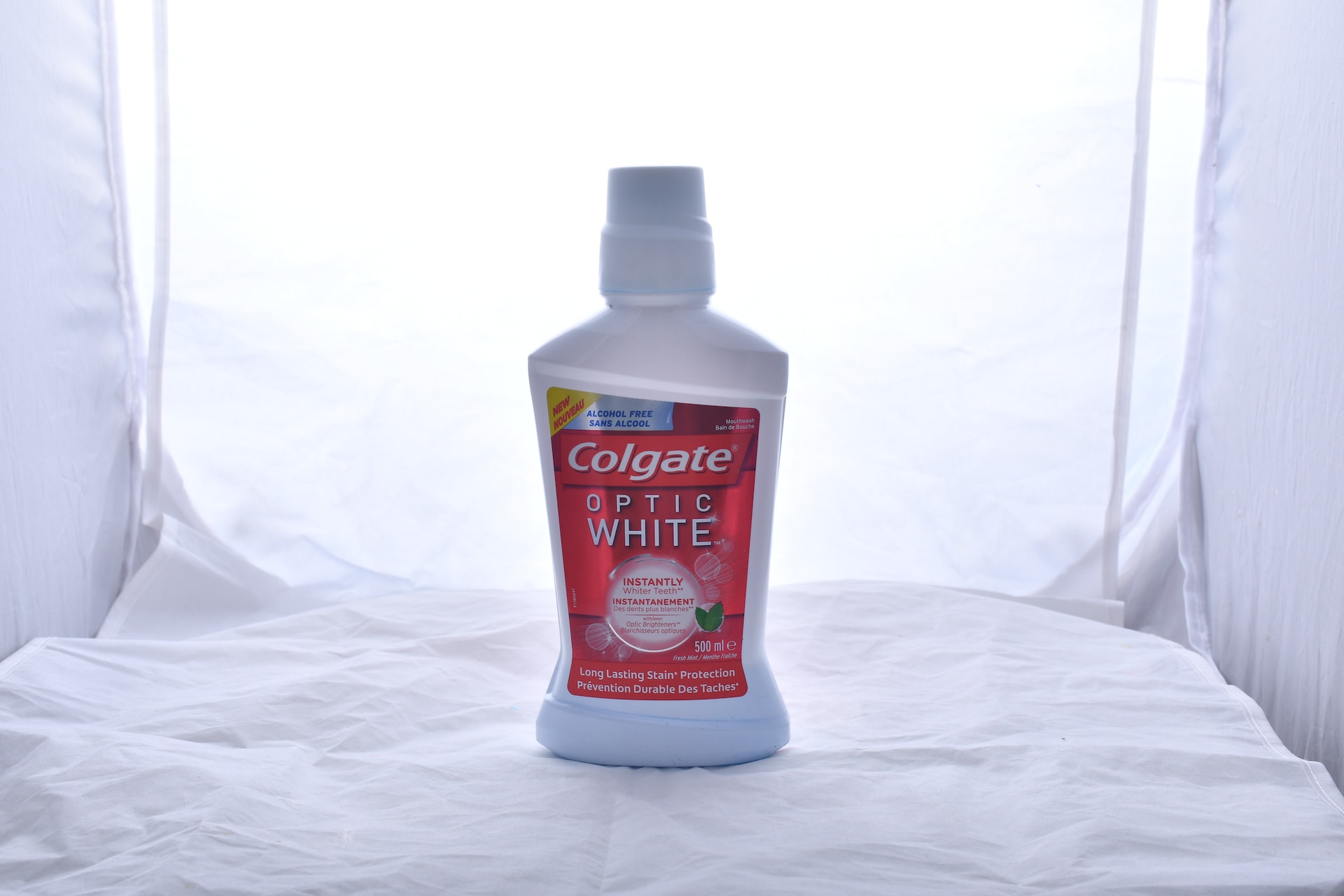 Photo by Atikah Akhtar on Unsplash
Photo by Atikah Akhtar on Unsplash
23. Reebok - Incubus Shoes
Now here’s one we can’t quite understand. Reebok released a women’s sneaker named “Incubus” back in 1997. The problem? Incubus refers to a mythical demon that violates women in their sleep. This “small” oversight led to public outrage. Reebok had to recall their product and apologize for the blunder.
24. Gerber - Singles for Adults
Known for baby food, Gerber made an attempt in the 1970s to target adults with pre-packaged single servings of food. Packaged similarly to baby food, adults found it unappealing. The product was a commercial disaster and was quickly discontinued.
25. Frito-Lay - WOW Chips
In the late '90s, Frito-Lay introduced chips made with Olestra, a fat substitute. While it promised fewer calories, consumers soon discovered its unpleasant side effects, including stomach cramps and diarrhea. The chips, though initially popular, quickly lost their appeal and sales crashed.
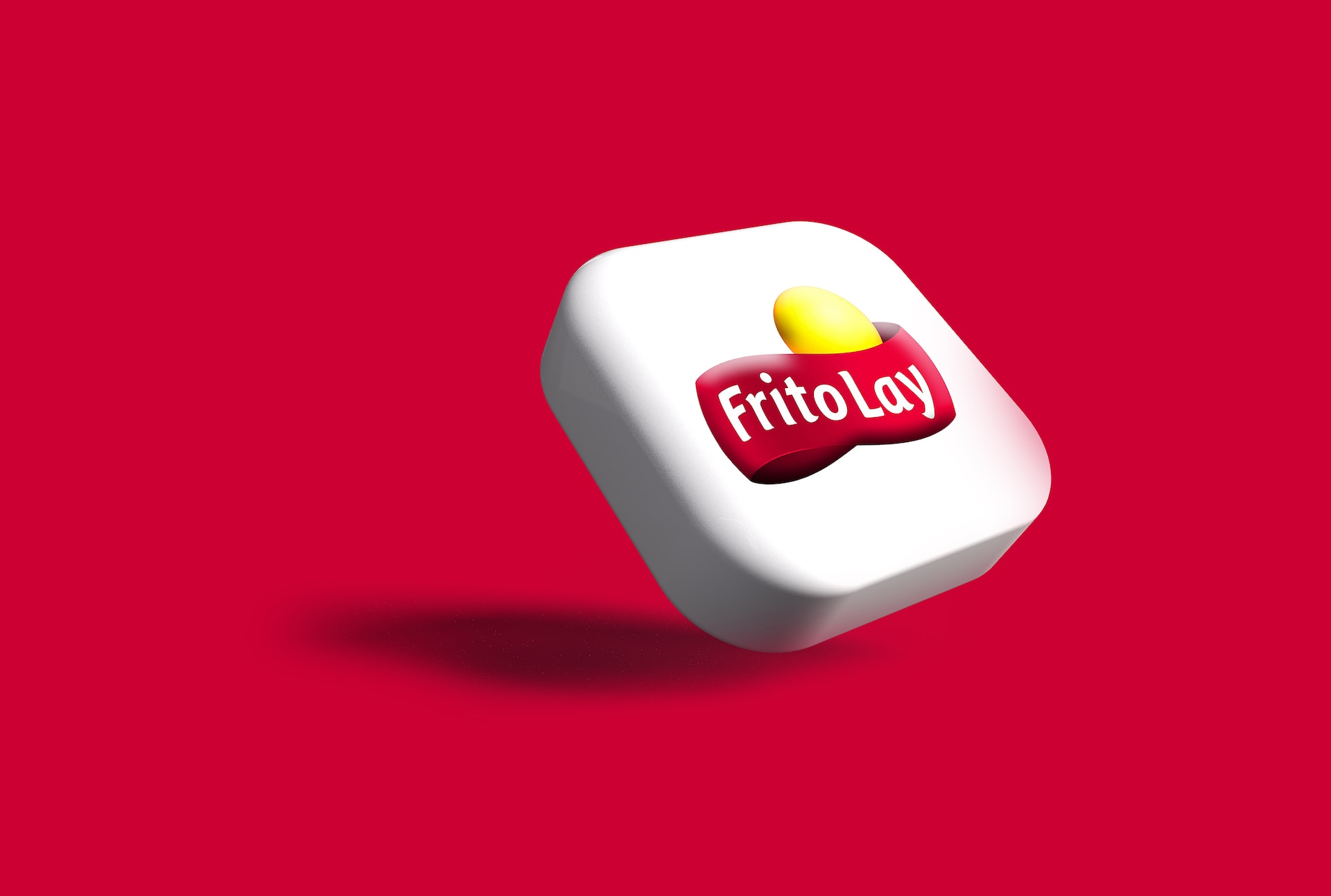 Photo by Rubaitul Azad on Unsplash
Photo by Rubaitul Azad on Unsplash
26. Heinz - EZ Squirt Ketchup
Hoping to make ketchup more fun for kids (why, we’re not sure), Heinz introduced green (and later purple, pink, and blue) ketchup in 2000. While it tasted the same, consumers found the colors unappetizing. Sales dwindled and the product was phased out by 2006.
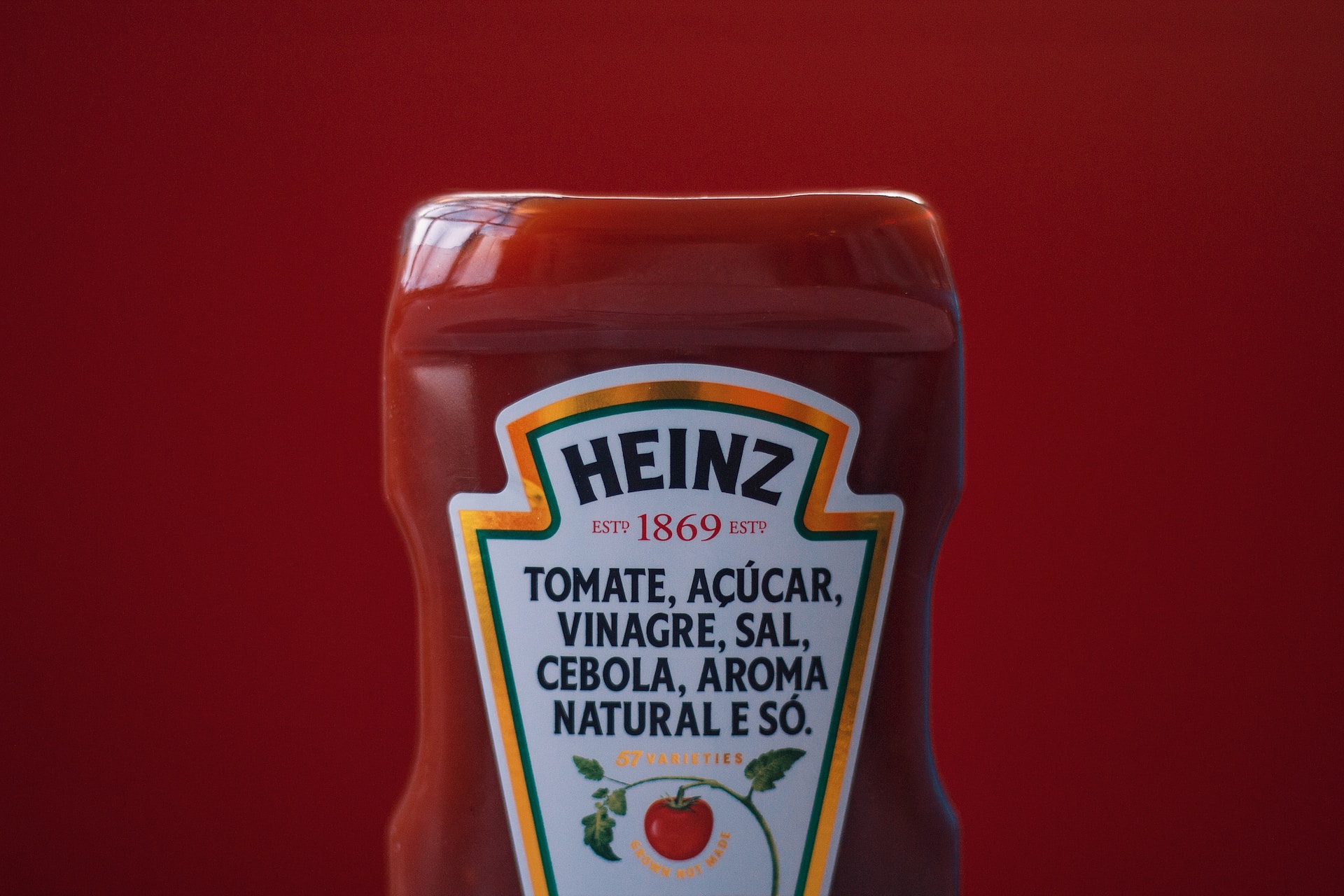 Photo by Pedro Durigan on Unsplash
Photo by Pedro Durigan on Unsplash
27. Harley-Davidson - Perfume
In the '90s, renowned motorcycle brand Harley-Davidson tried to diversify by introducing a line of perfumes. The connection between the ruggedness of a motorcycle and the delicacy of perfume was lost on consumers, leading to poor sales.
 Photo by Austin Neill on Unsplash
Photo by Austin Neill on Unsplash
28. Cheetos - Lip Balm
In a surprising brand extension, Cheetos introduced a lip balm in 2005. What a strange combo! The cheesy snack flavor did not translate well to a lip product, and it was met with disgust by many who tried it. It was quickly discontinued. We’re not quite sure what they were thinking with this one.
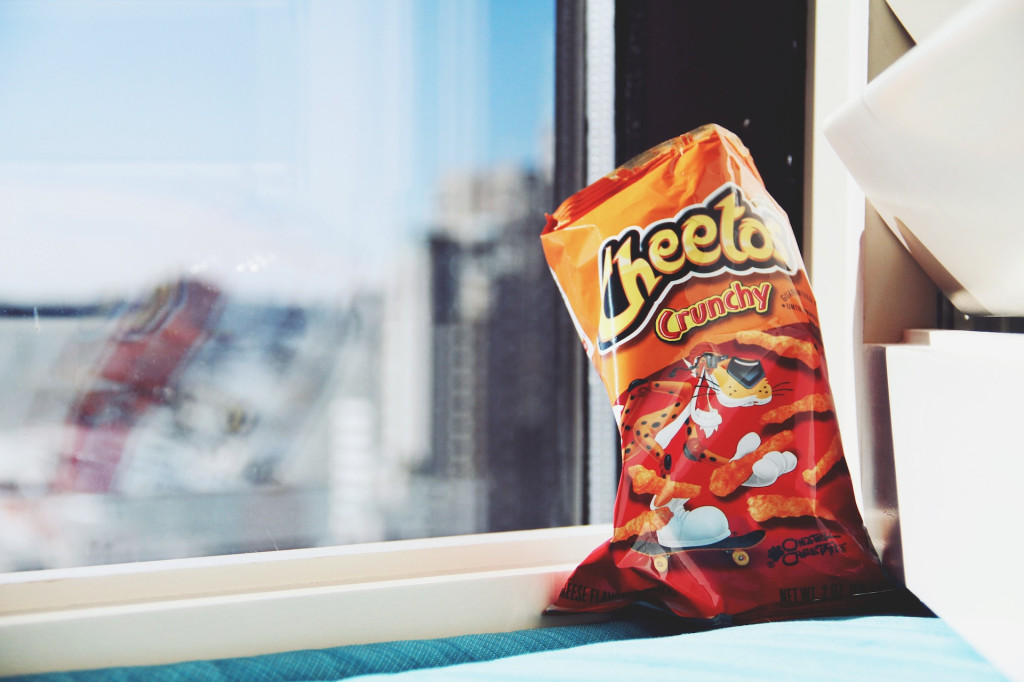 Photo by Giorgio Trovato on Unsplash
Photo by Giorgio Trovato on Unsplash
29. Ben-Gay - Aspirin
Known for its pain-relieving cream, Ben-Gay ventured into the pill market in the 1990s. However, consumers had a hard time distinguishing the brand’s external application reputation from an internal remedy. Given that their most reputable product was a “burning cream”, most people couldn’t overcome swallowing a pill made by the same brand. The aspirin variant didn't last long.
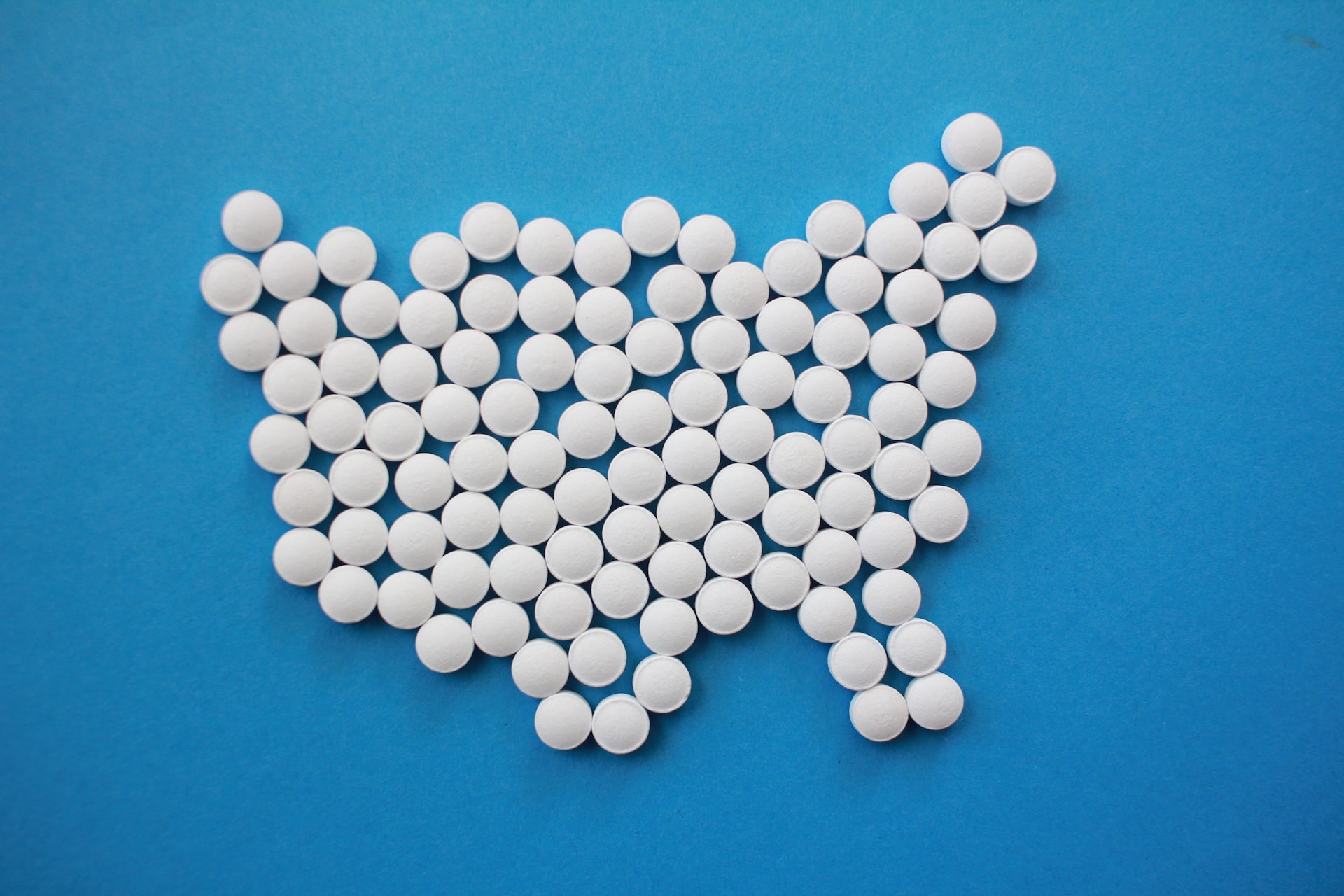 Photo by Hal Gatewood on Unsplash
Photo by Hal Gatewood on Unsplash
30. Maxwell House - Ready-to-Drink Coffee
In the 1990s, Maxwell House tried to jump onto the ready-to-drink cold coffee trend. Unfortunately, their version required refrigeration even before opening, making it inconvenient for store shelves and consumers. It didn't resonate with the market and was withdrawn.
 Photo by Amr Taha™ on Unsplash
Photo by Amr Taha™ on Unsplash
31. Qwikster by Netflix
In 2011, Netflix decided to split its DVD-by-mail service and its streaming service into two separate entities. The DVD service was rebranded as “Qwikster.” However, customers hated the inconvenience of managing two separate accounts and payments. Facing swift backlash, Netflix quickly reversed its decision, killing off Qwikster and maintaining its singular brand identity.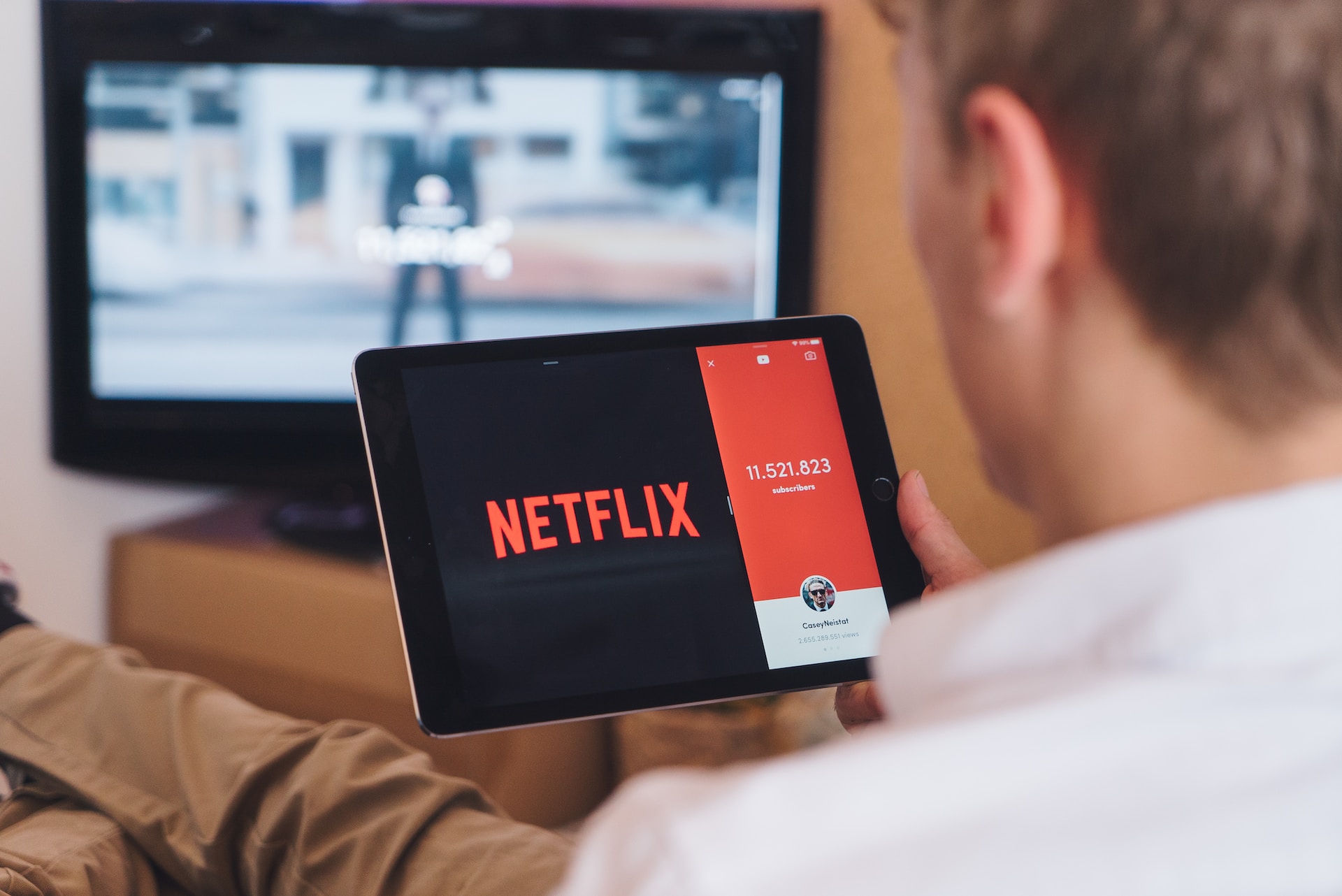 Photo by CardMapr.nl on Unsplash
Photo by CardMapr.nl on Unsplash
32. Coors - Rocky Mountain Spring Water
Coors, primarily known for its beer, made a risky move back in the early 1990s by branching into the bottled water business. The brand assumed its association with the Rocky Mountains would be a huge selling point, but instead, consumers were confused by the move. With such low interest, the product vanished from shelves within a short amount of time.
 Photo by Jay Miller on Unsplash
Photo by Jay Miller on Unsplash
33. Clariol - “A Touch of Yogurt” Shampoo
Hoping to tap into the natural hair care trend, Clairol introduced a shampoo infused with yogurt in the 1970s. While they believed the product would be a hit, it instead failed spectacularly, as many consumers were left confused by the yogurt's inclusion. They were so miffed that some even tried to eat it!
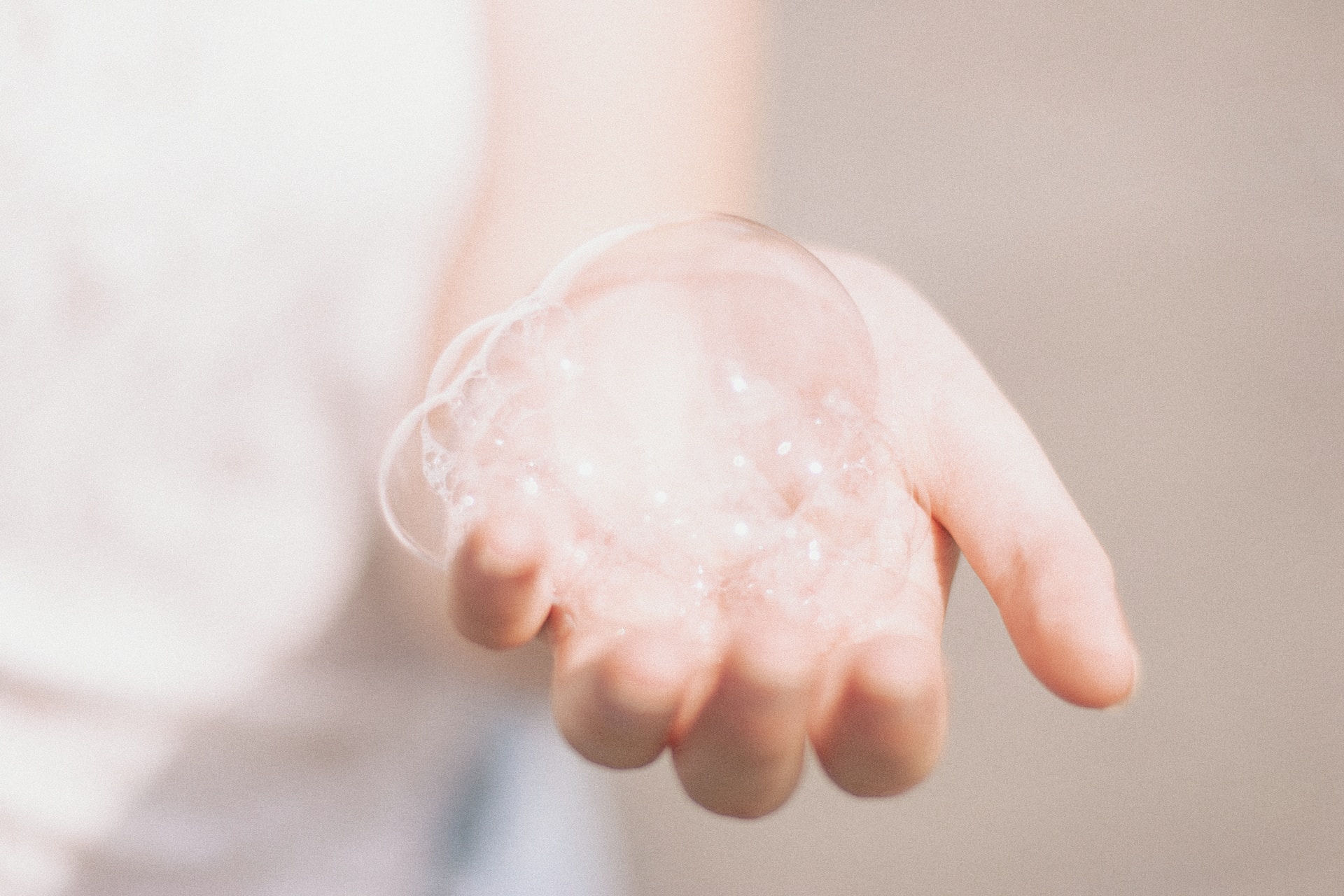 Photo by Matthew Tkocz on Unsplash
Photo by Matthew Tkocz on Unsplash
34. Nasbisco - Watermelon Oreo
Nabisco, in an attempt to bring innovation to its iconic Oreo cookie, introduced a watermelon flavor in 2013. Though it had a certain novelty appeal, many found the taste artificial and unappetizing. It wasn't long before it disappeared from the lineup.
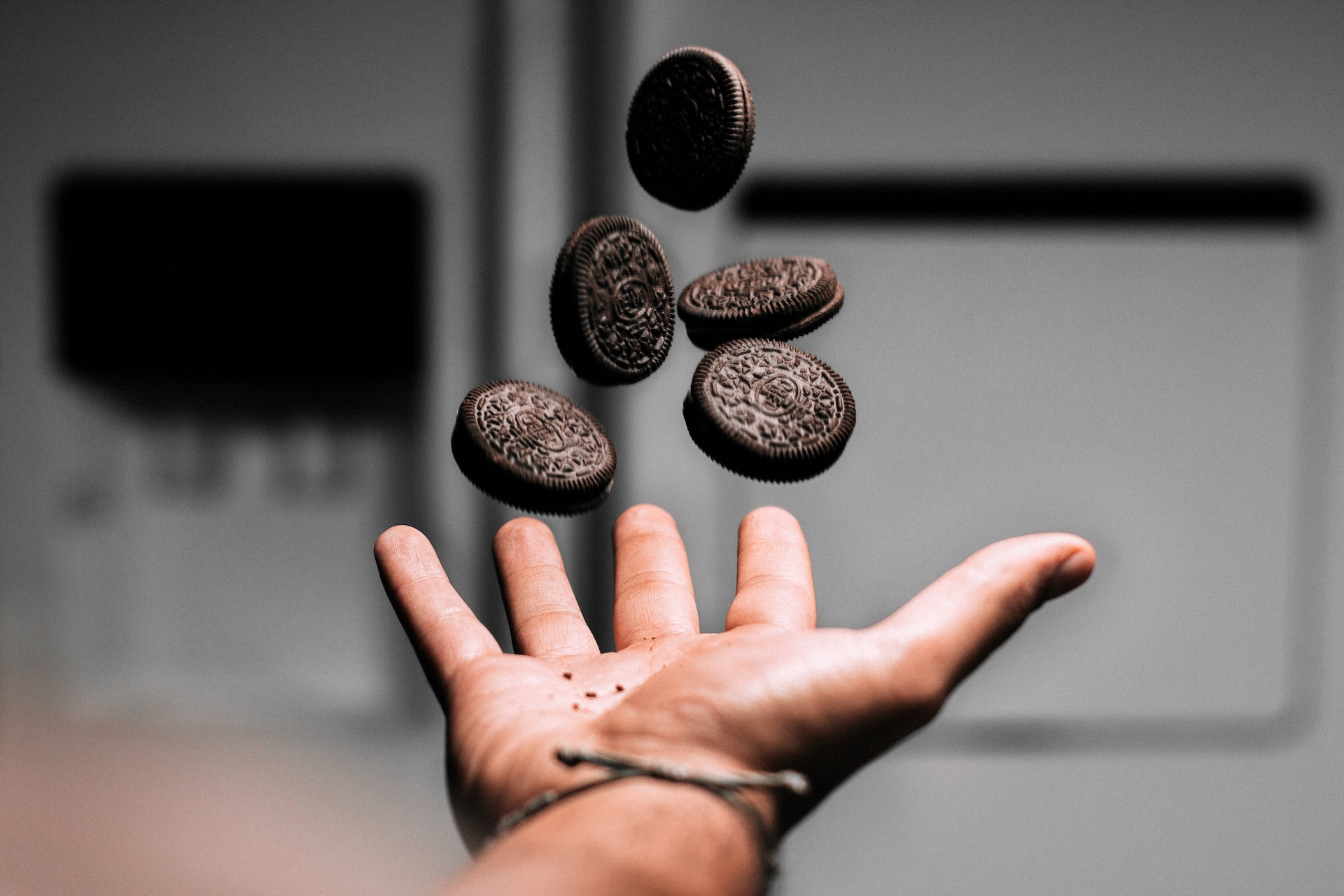 Photo by SHAYAN IZADI ☄️ on Unsplash
Photo by SHAYAN IZADI ☄️ on Unsplash
35. Crystal Pepsi’s Revival
Despite its initial failure in the 1990s, PepsiCo decided to reintroduce Crystal Pepsi in 2016 due to nostalgia and online demand. The revival was short-lived, as many still didn't find it appealing, proving that some products might be best left in the past. Worth a shot though?
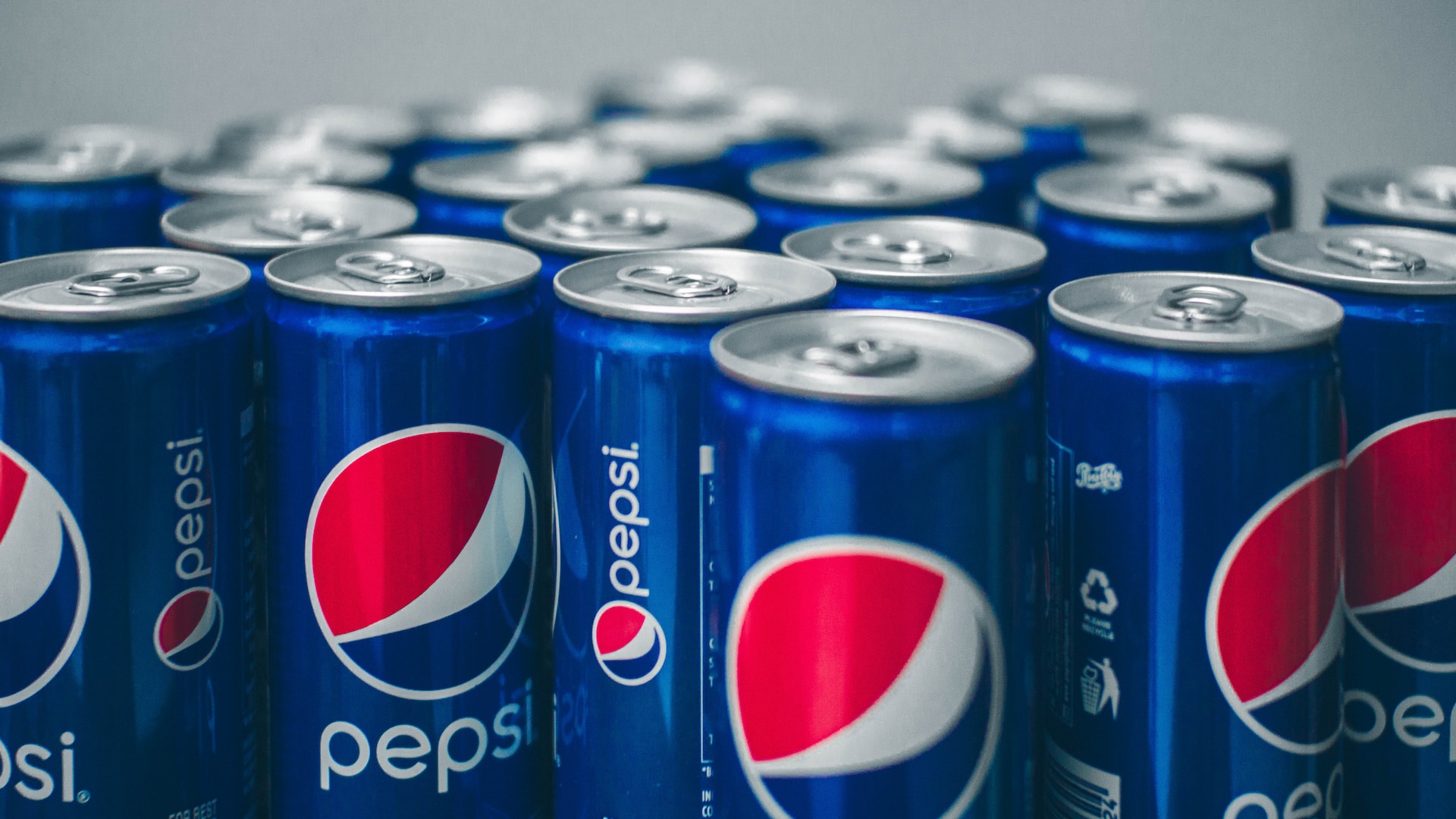 Photo by Ja San Miguel on Unsplash
Photo by Ja San Miguel on Unsplash
36. Kellogg’s - Breakfast Mates
Debuting in the late 1990s, Breakfast Mates was Kellogg’s attempt at creating a pre-packaged combination of cereal, milk, and a spoon. Although it was meant to provide convenience for consumers, they instead found it unnecessary since the milk still needed refrigeration. This just defeated its purpose as a grab-and-go option.
37. Sprite Remix
In the early 2000s, Coca-Cola tried to rejuvenate the Sprite brand by coming up with Sprite remix, introducing fans to tropical flavours. While it seems promising at first, the allure and interest quickly faded, leading to a rather swift discontinuation.
38. Burger King - Satisfries
Introduced in 2013, Satisfries were a lower-calorie, lower-fat alternative to Burger King’s standard fries. While the intention was good and garnered widespread interest, consumers questioned the taste and were skeptical about the health claims. After just one year, the product was pulled after its launch.
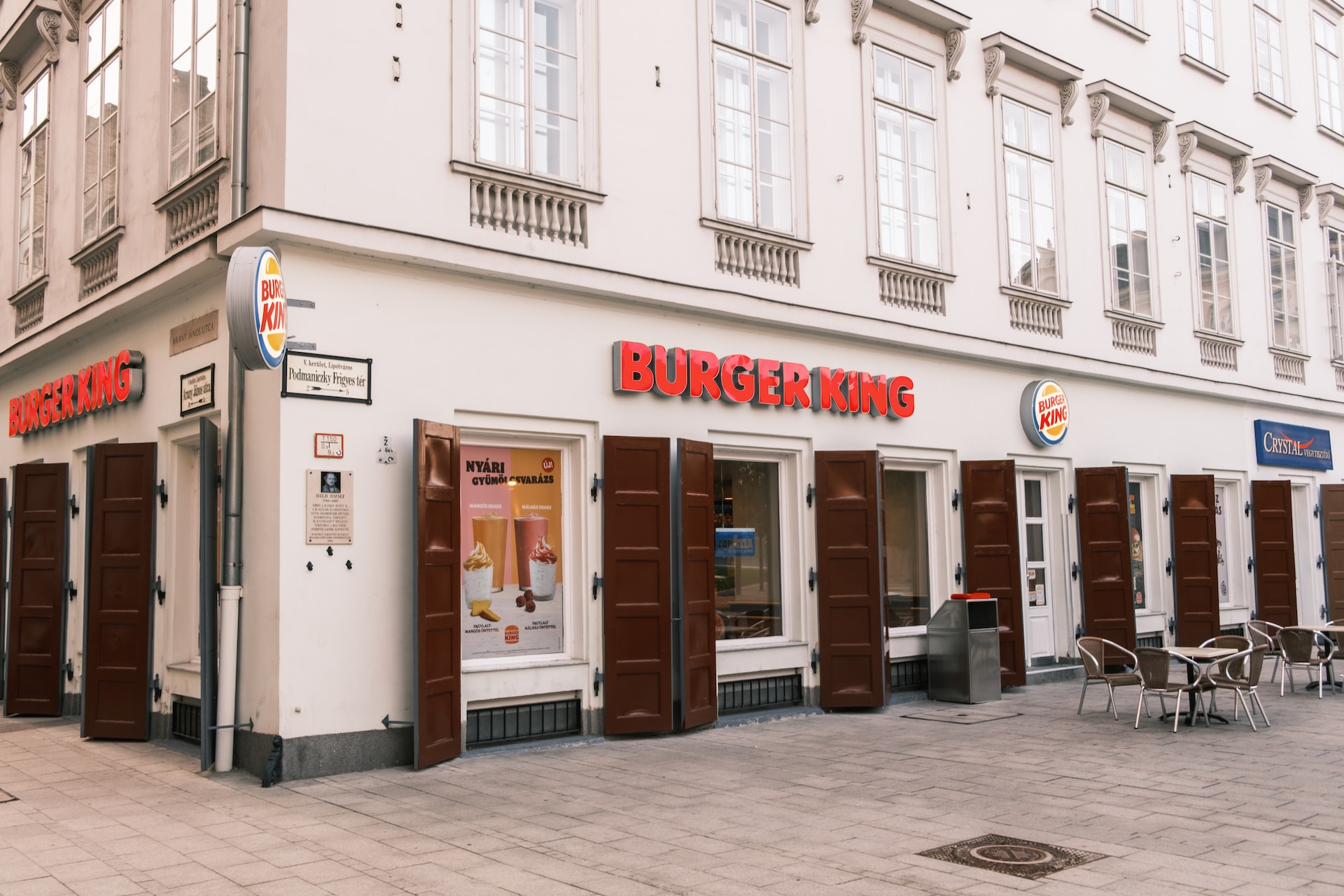 Photo by Marquise de Photographie on Uns
Photo by Marquise de Photographie on Uns
39. Microsoft - Windows Vista
Released in 2007, Microsoft Vista faced criticism from users for its high system requirements, software incompatibility, and a series of other issues. Although it looked sleeker than its predecessor, many still chose to stick with Windows XP or jumped ship to Windows 7 as soon as it was available.
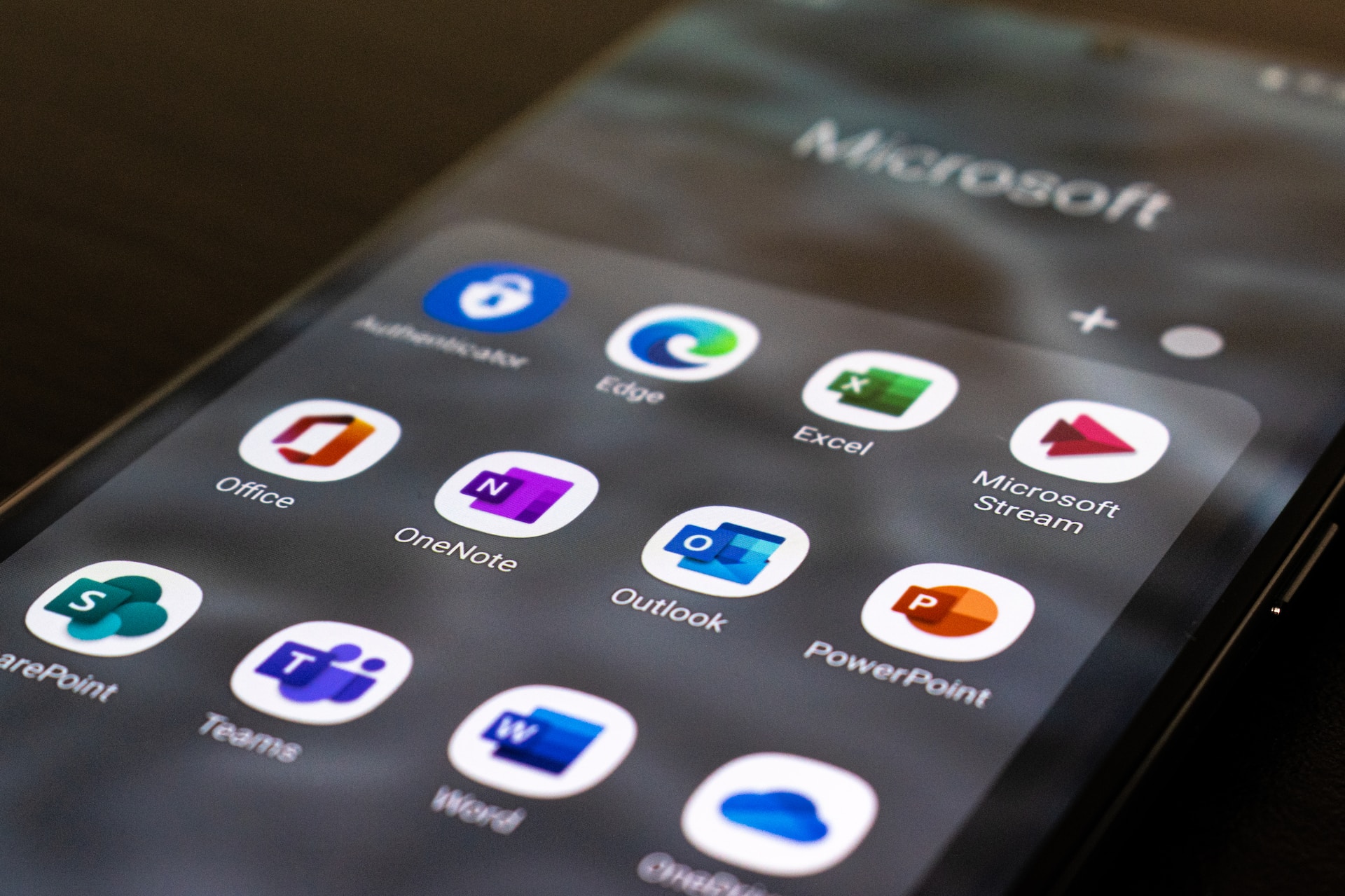 Photo by Ed Hardie on Unsplash
Photo by Ed Hardie on Unsplash
40. Juicero
The tech startup, Juicero, released a whopping $400 Wi-Fi-connected juicer in 2016 which failed to make its mark. It pressed juice out of proprietary packets, but soon after its launch, it was discovered that the packets could be squeezed just as efficiently by hand. This revelation, combined with its incredibly high price tag, made the device a symbol of technological excess, leading to its downfall.
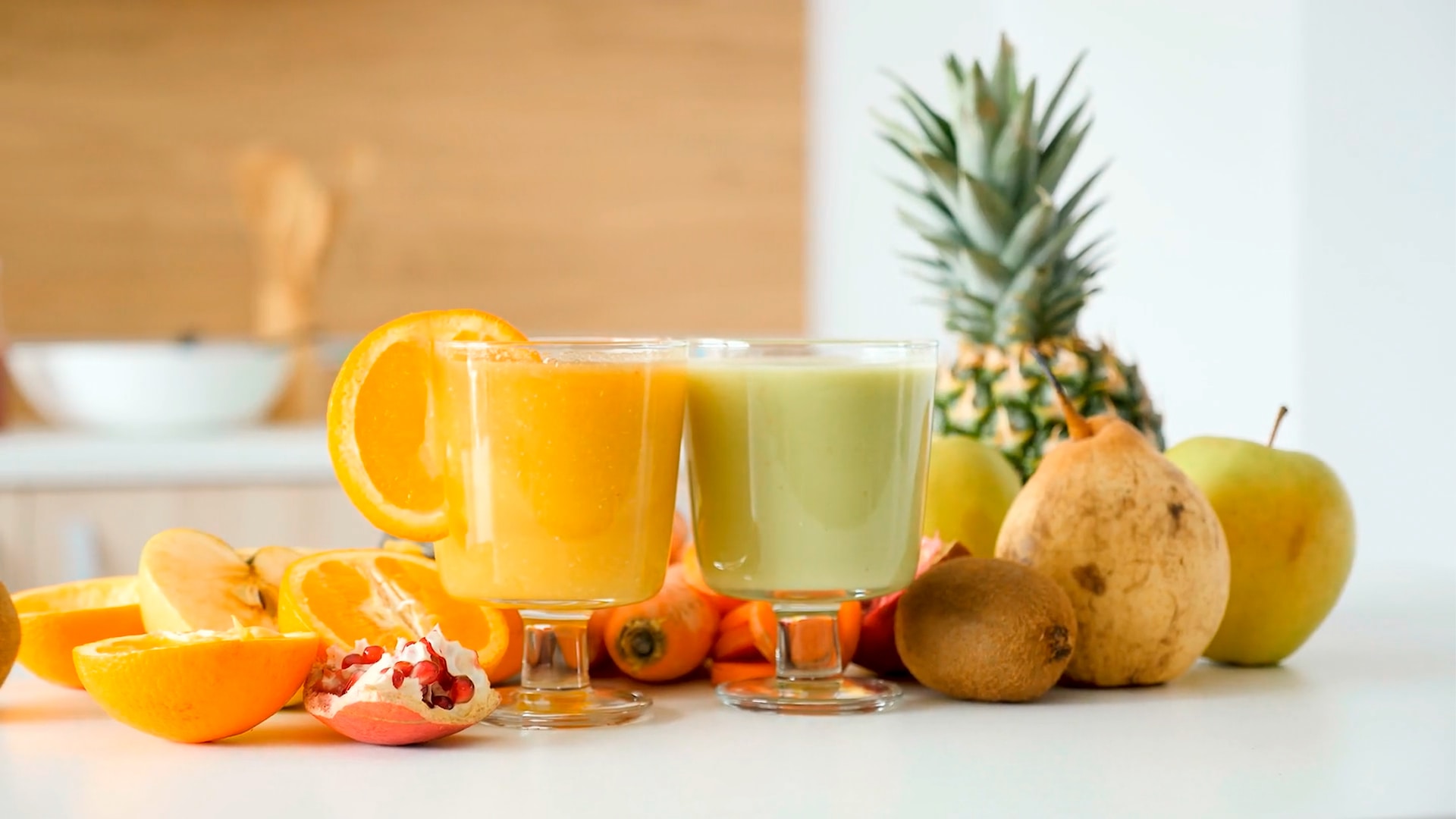 Photo by Jugoslocos on Unsplash
Photo by Jugoslocos on Unsplash
As we’ve very clearly shown, every company will likely have its fair share of failures and flops as they push toward success. These 40 companies, most of which are incredibly big names like Apple, Amazon, and Microsoft, have all dealt with difficulties as they try to navigate the ever-changing market. Never judge a brand by one product though! You never know what amazing invention they’ll come up with next after one failure.


